One of the most iconic Ferrari nameplates, the America is also one of the longest standing badges from Maranello, being offered in various cars from 1951 through 1967. However, none of the Americas stand out as the top-of-the-line 500 Superfast model, which was built between 1964 and 1966 in only 37 units. As rare as they get, the Superfast is next to impossible to buy, but one example is going up for auction in Monterey this month.
Bearing chassis no. 8459SF, this specific car was the 33rd Superfast built and the eighth of 12 Series II models. It was also the seventh of only eight Superfasts built with right-hand drive. It was delivered in 1966 to British sportsman Jack Durlacher and was sold in 1976. Restored in 1981, it remained with the Manoukian Brothers for 15 years until 2007, when it was sold to the current owner. While not in mint condition, with minor dents and sign of use inside and out, the 500 Superfast has held up well, and it's still fitted with the original engine. Let's find out more about this fantastic grand tourer in the review below.
Continue reading to learn more about the Ferrari 500 Superfast Series II by Pininfarina
1966 Ferrari 500 Superfast by Pininfarina
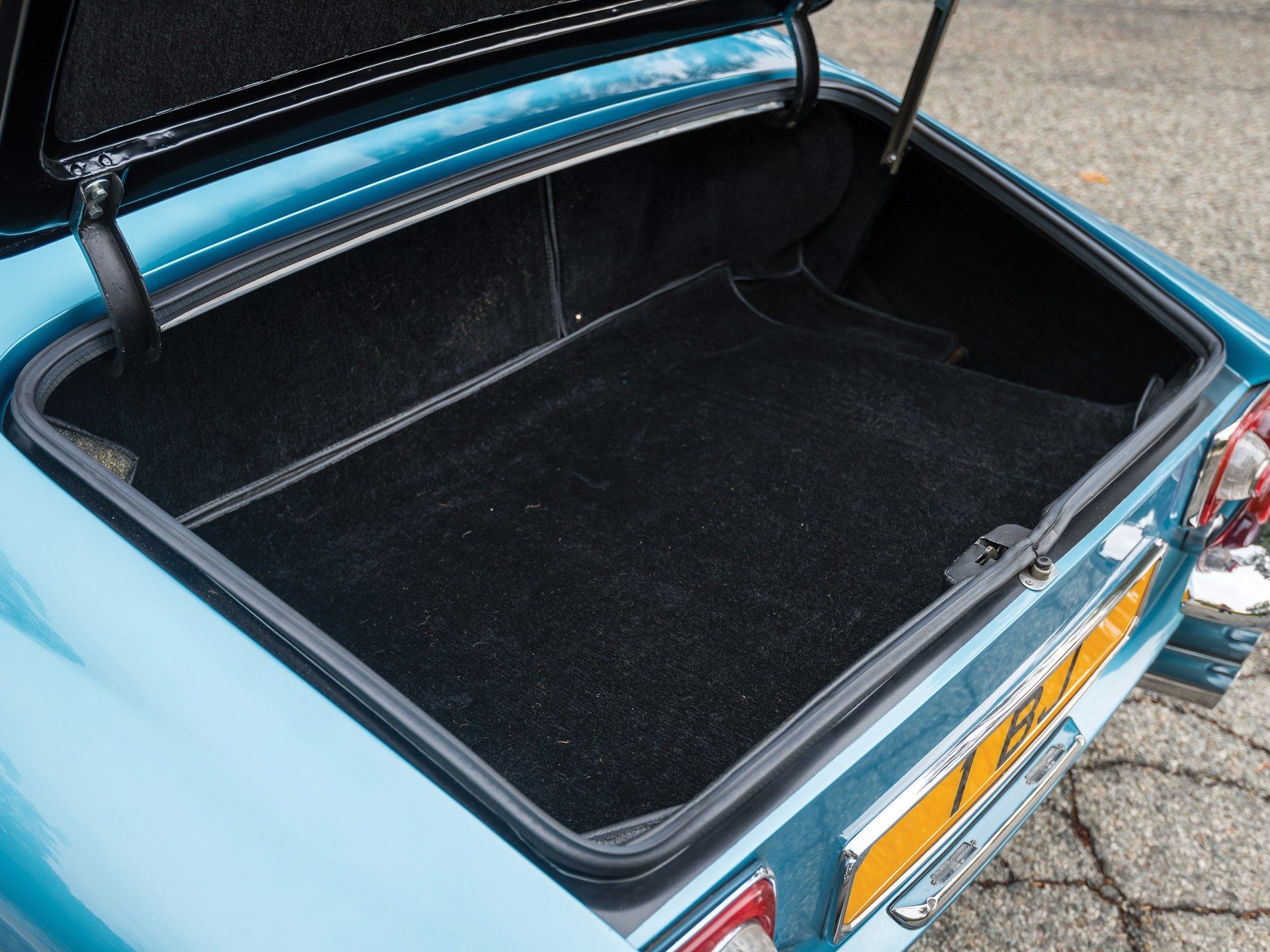

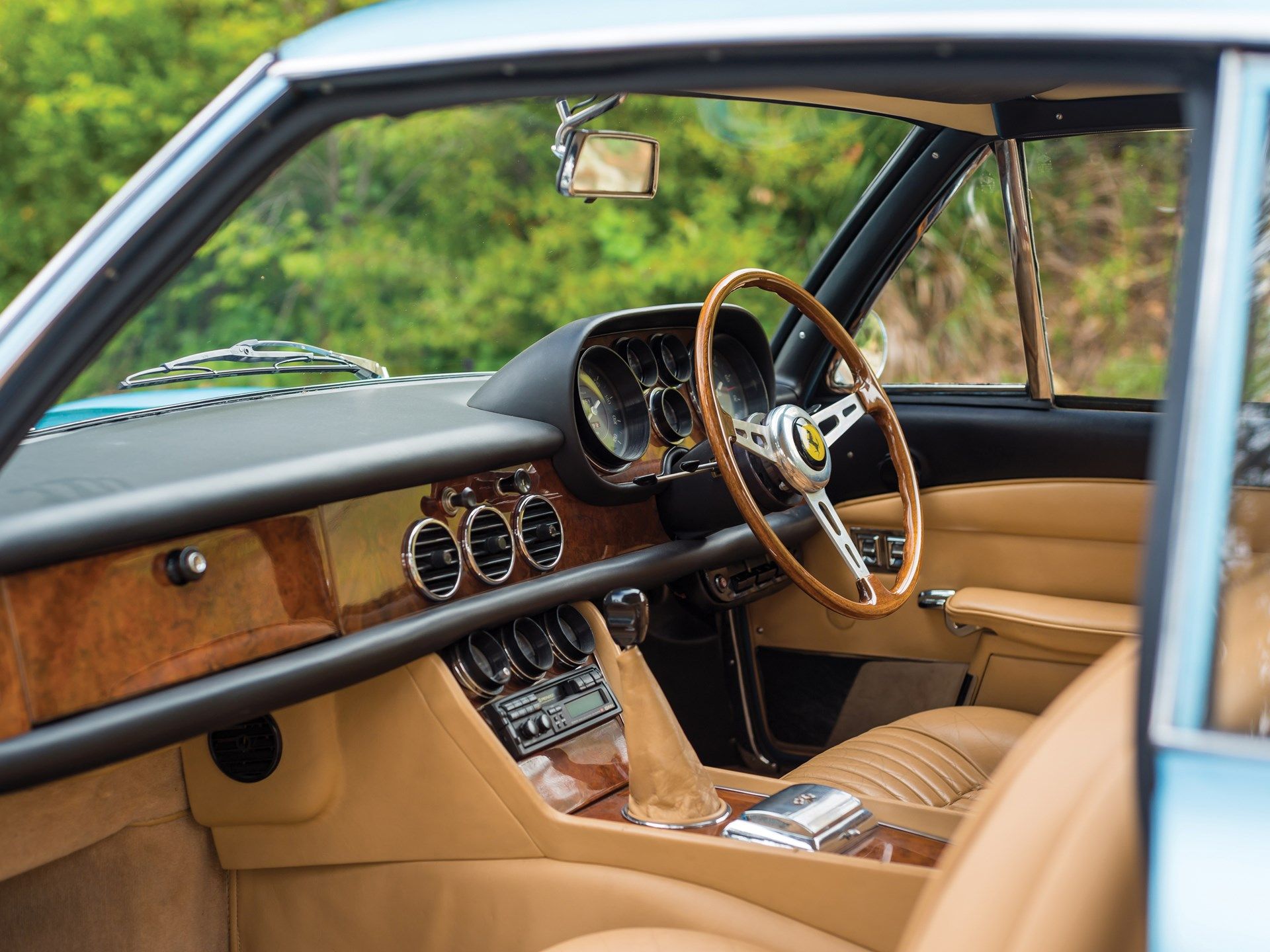
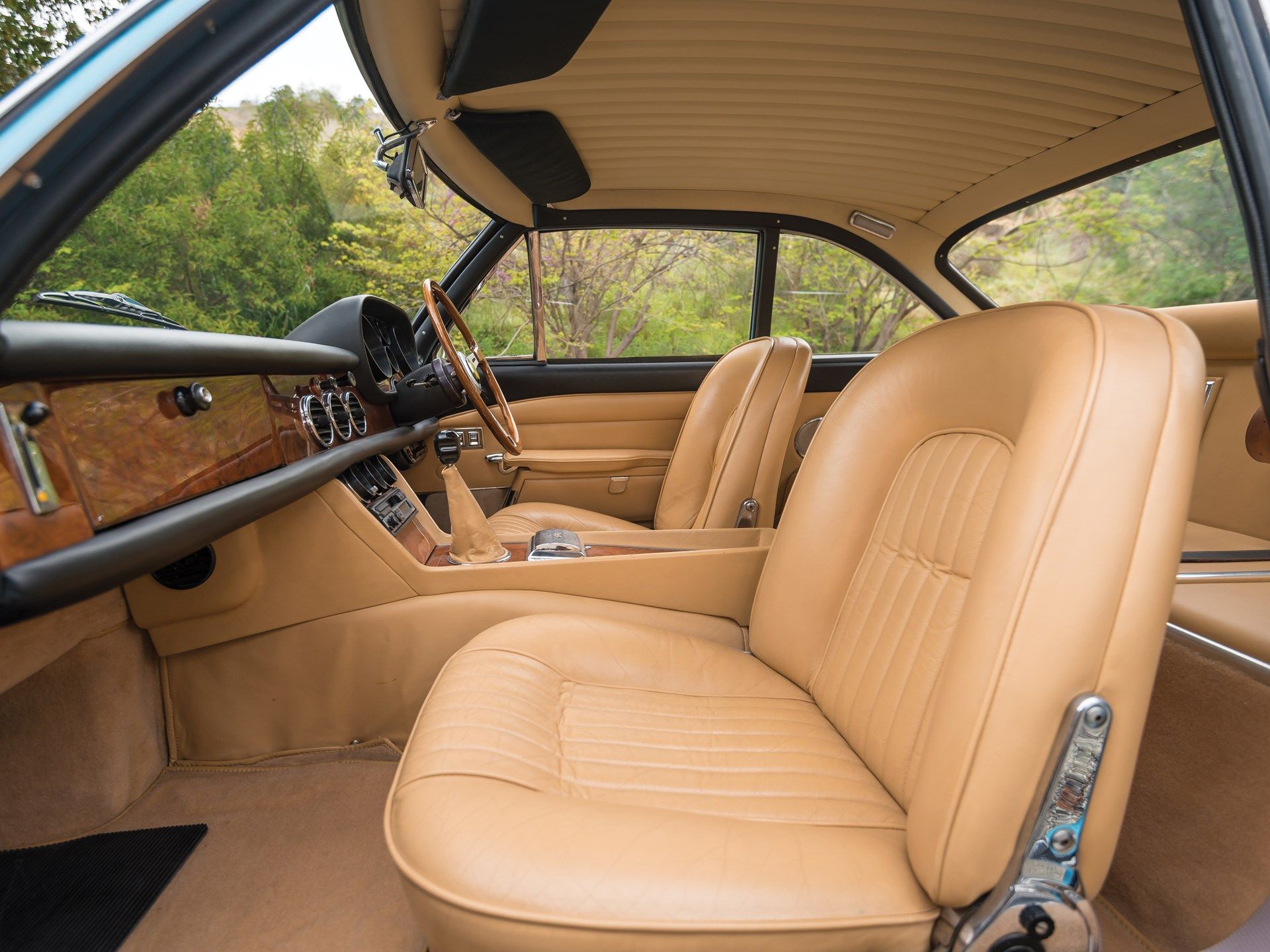
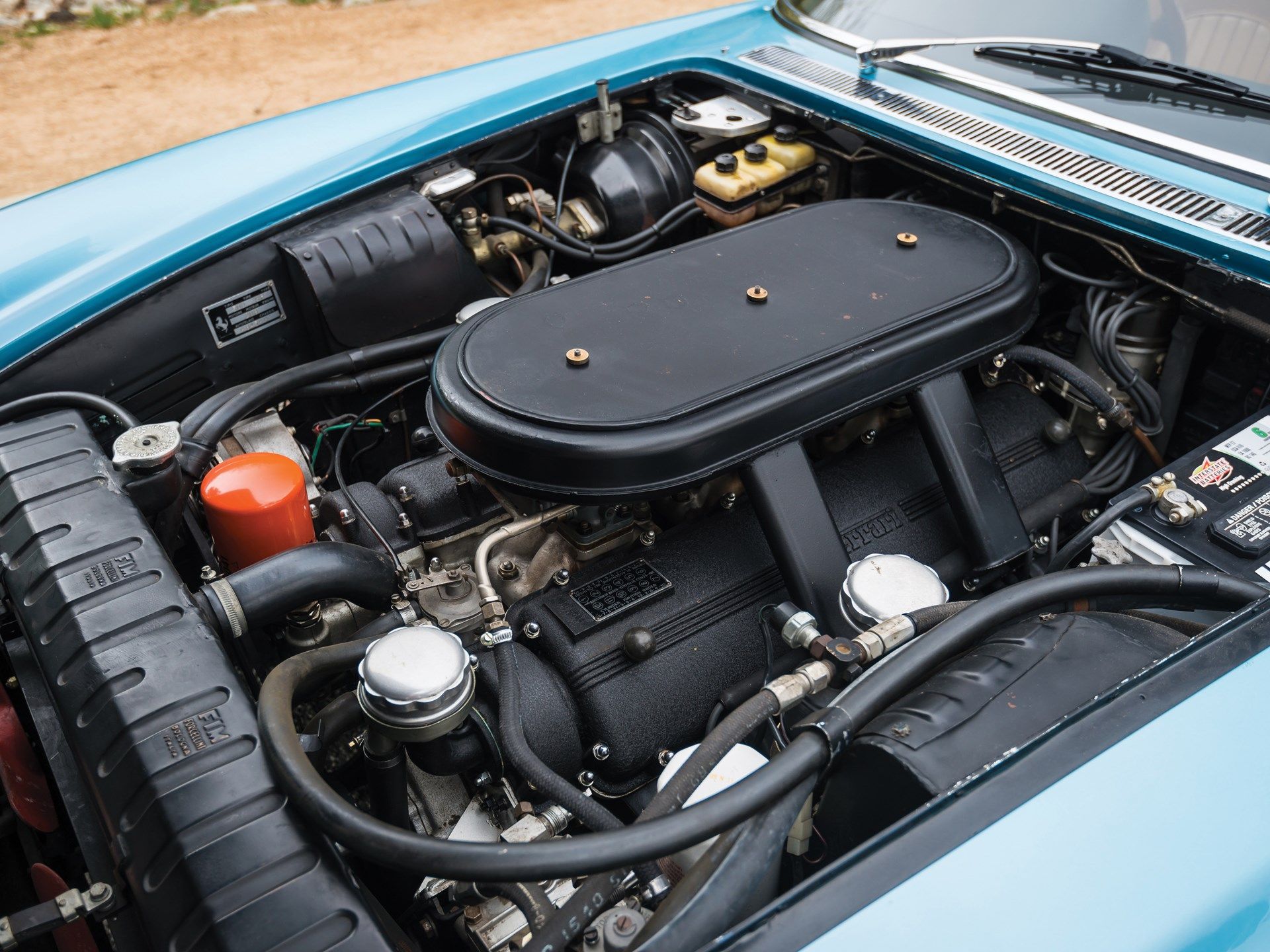
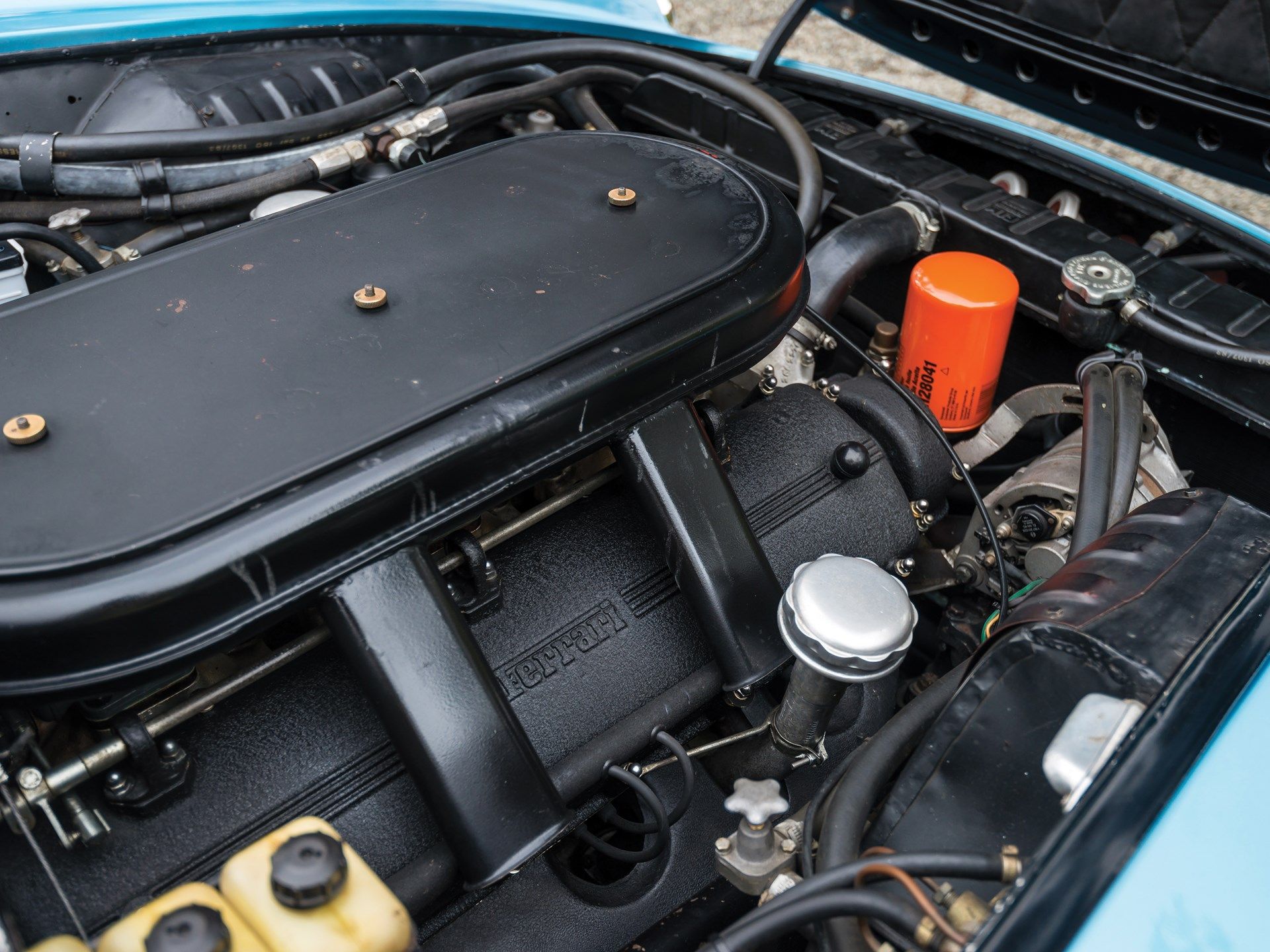
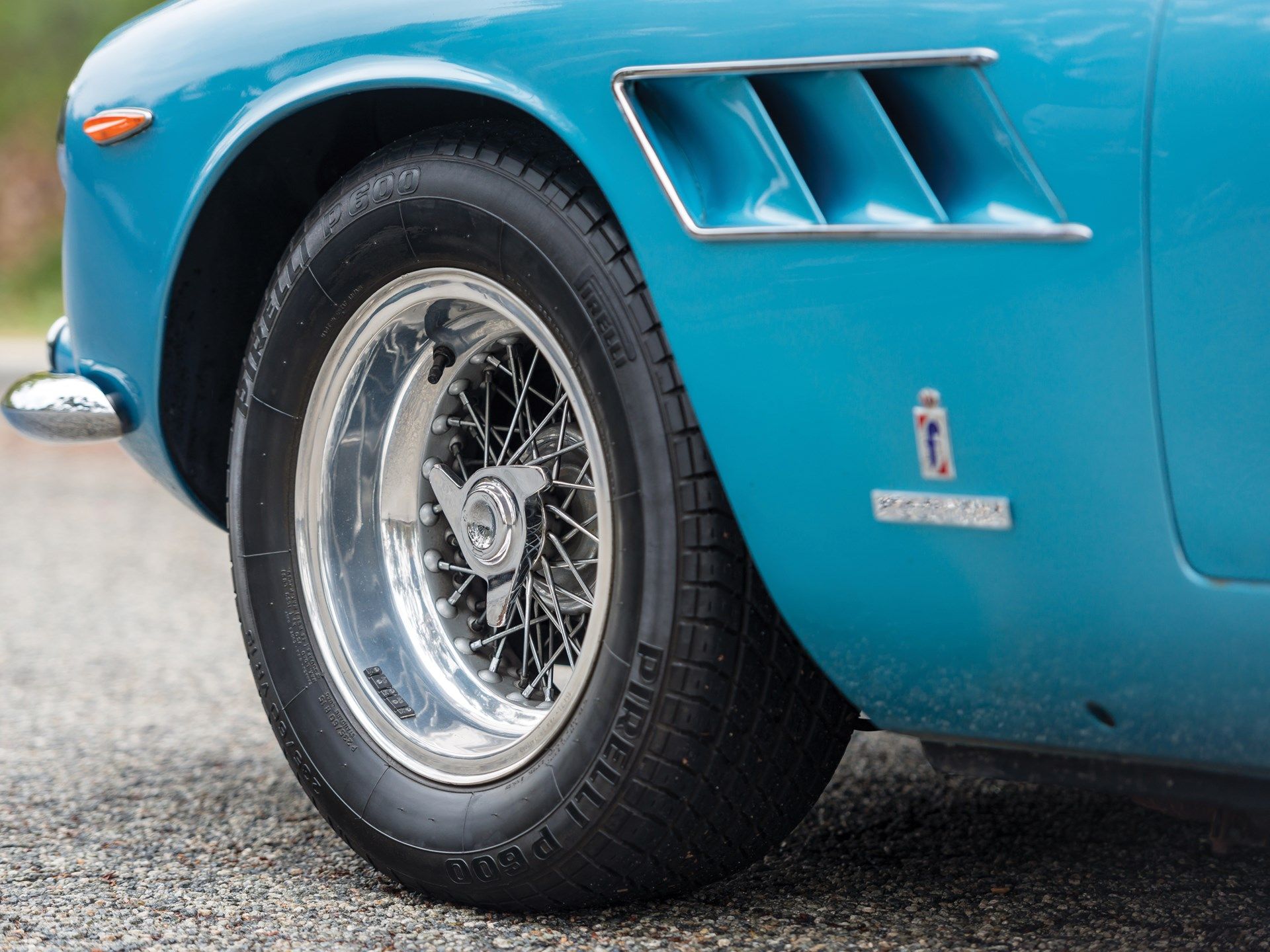
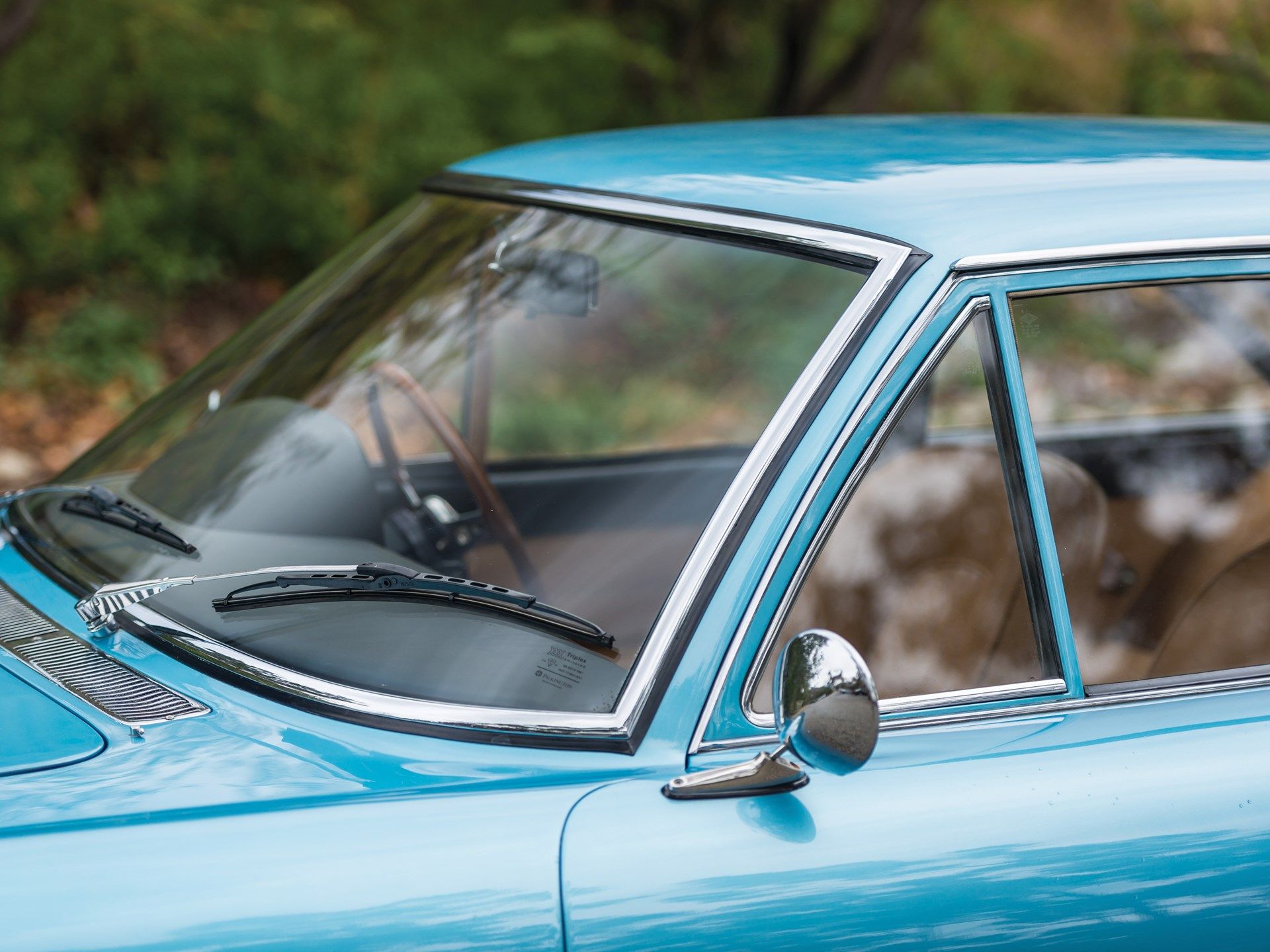
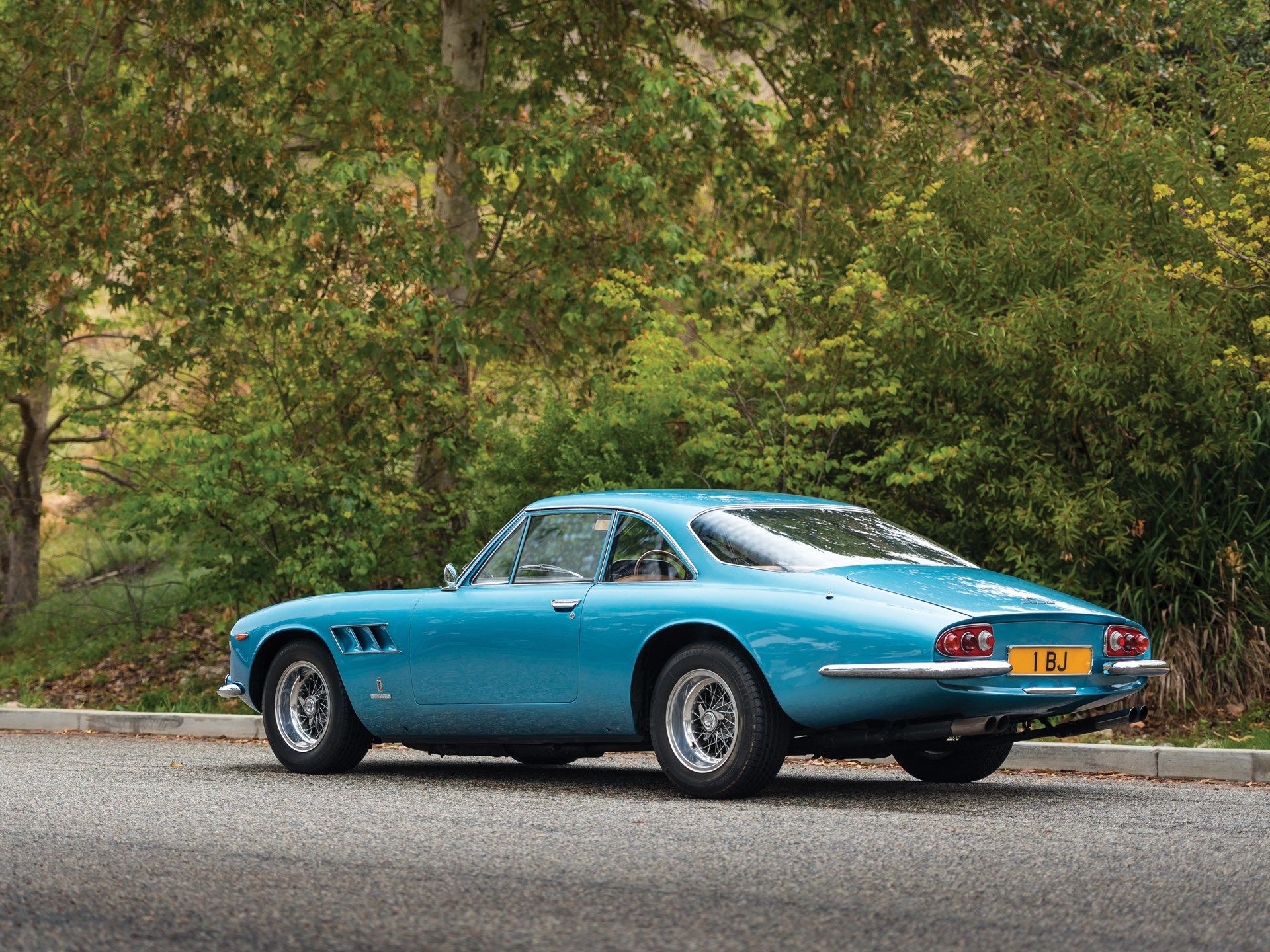
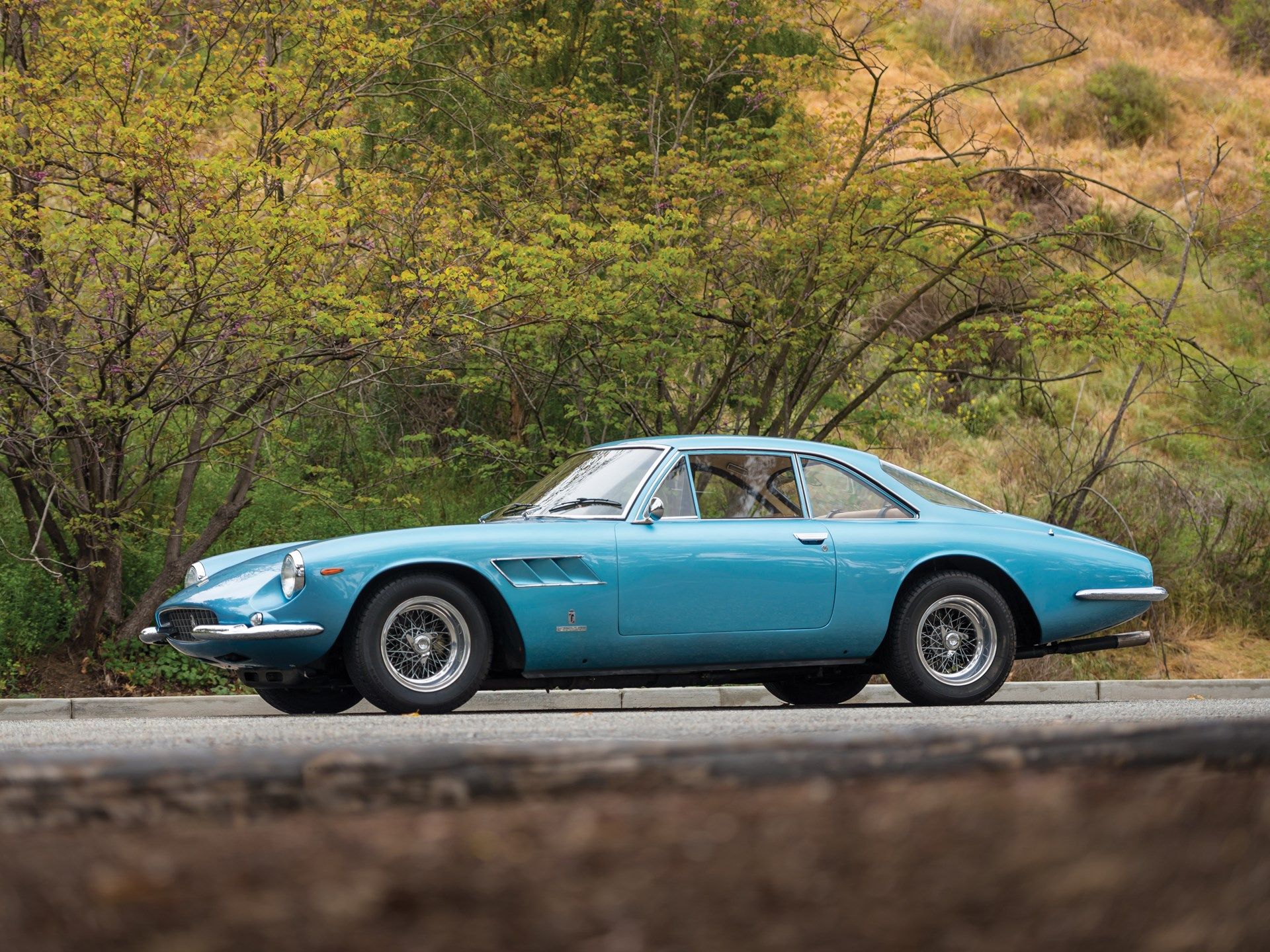
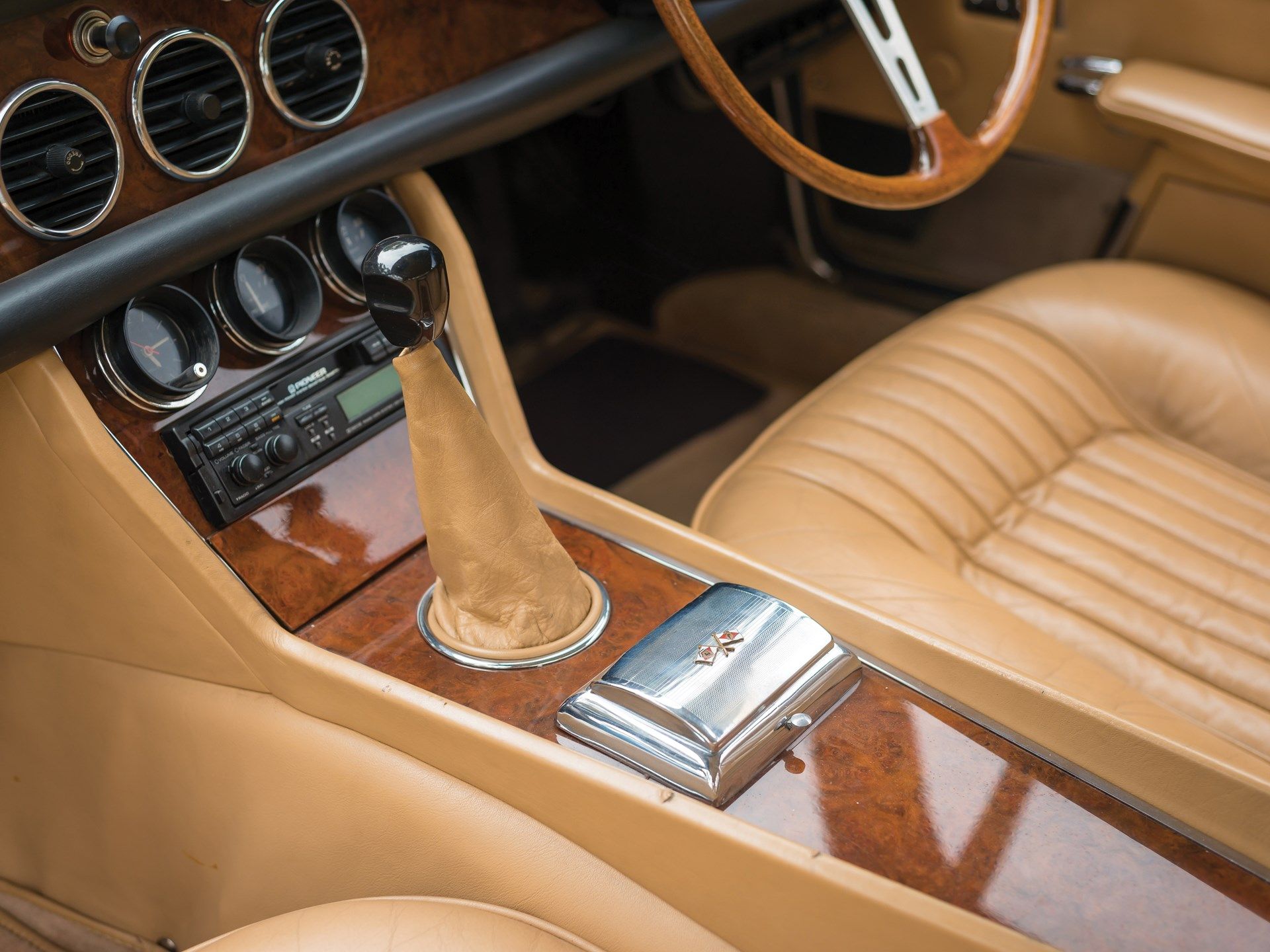
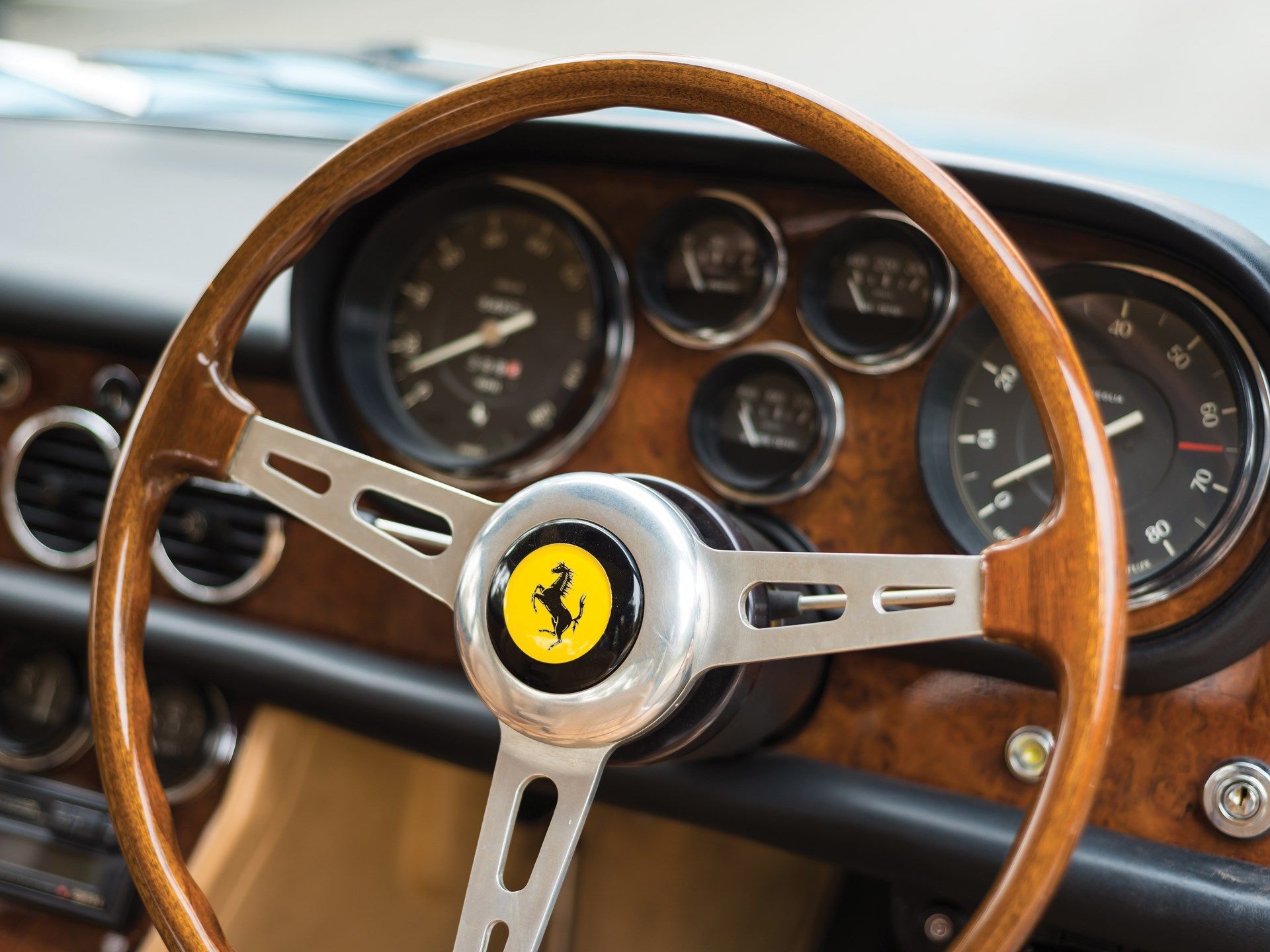
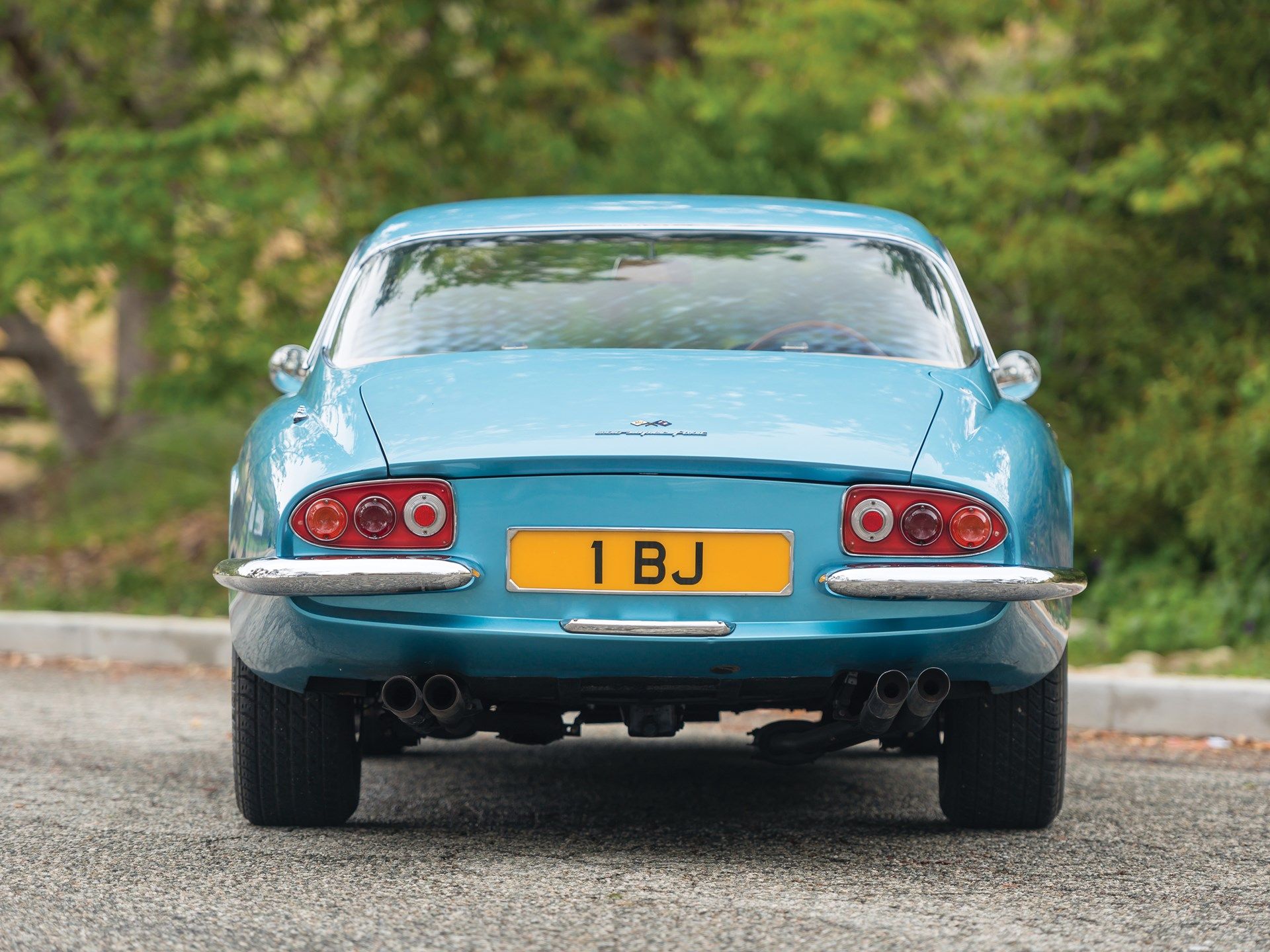
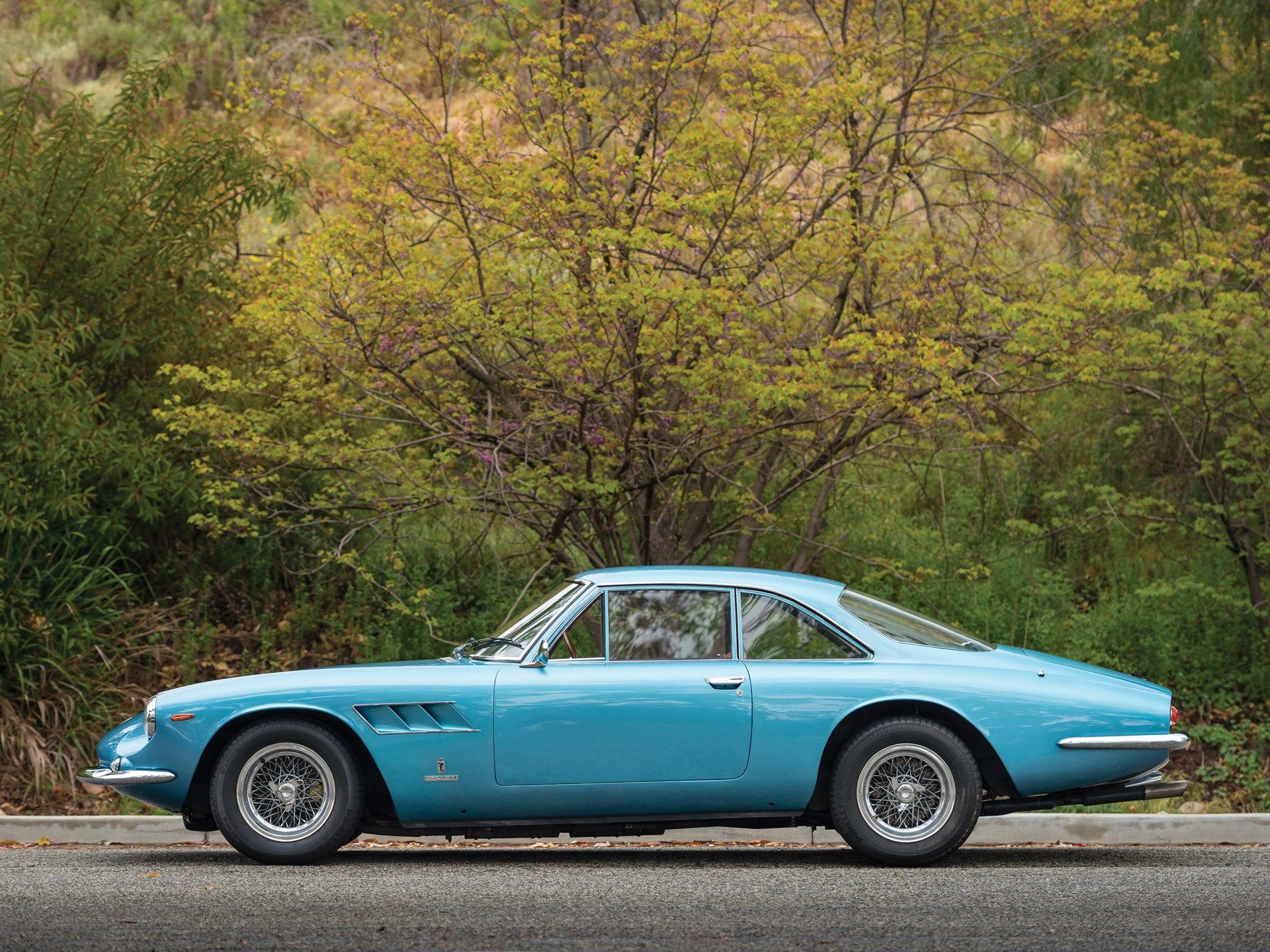
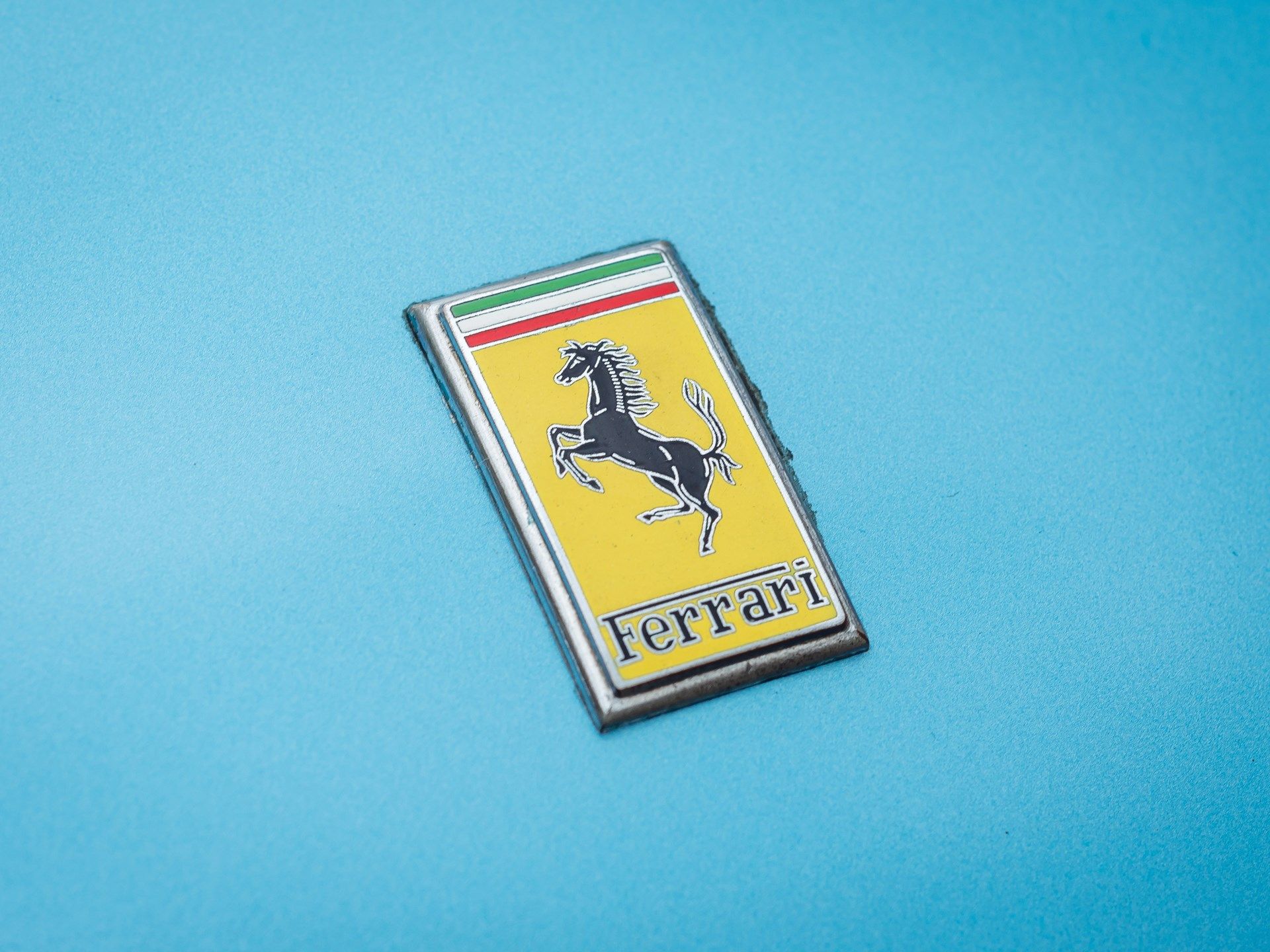
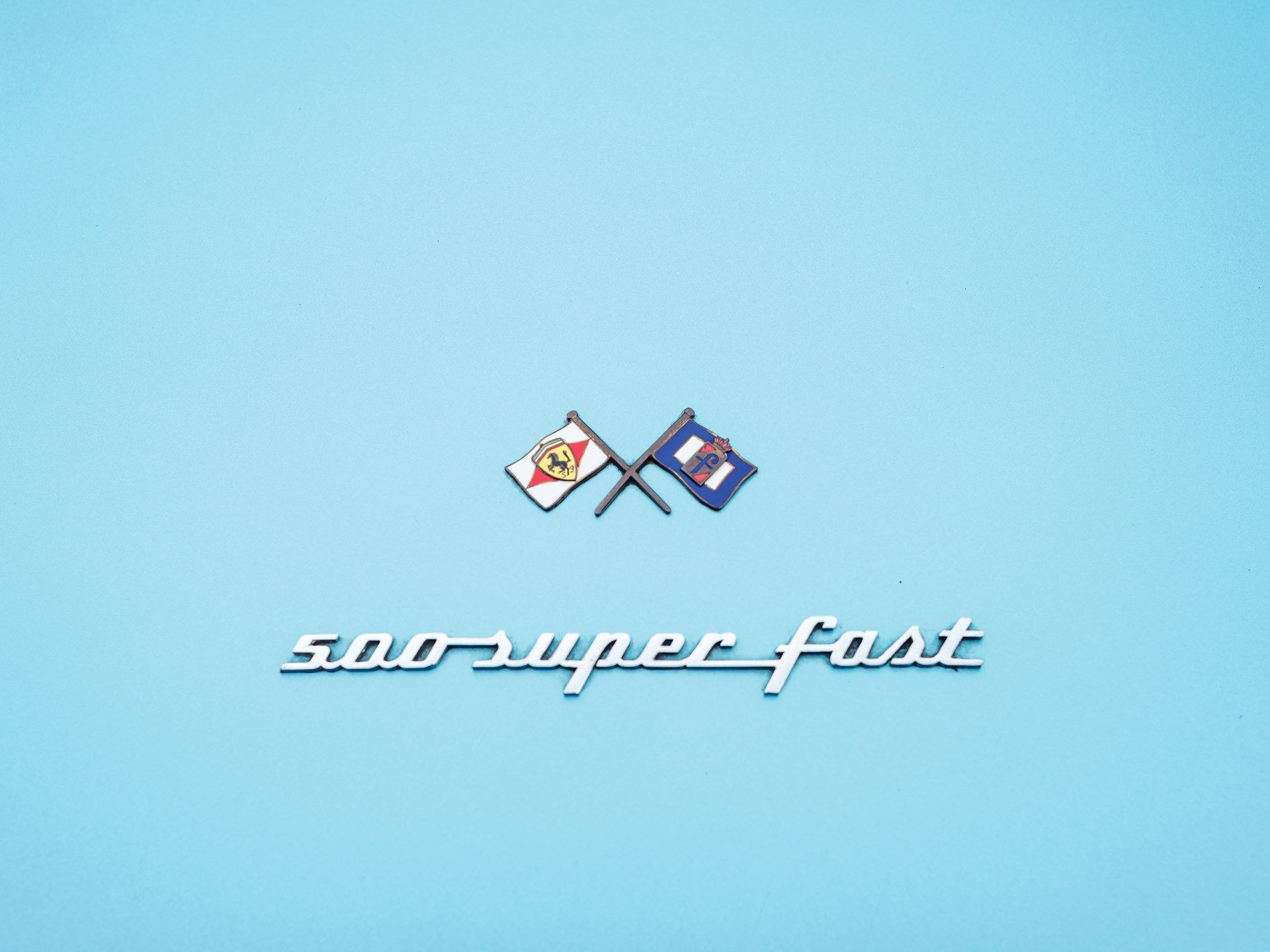
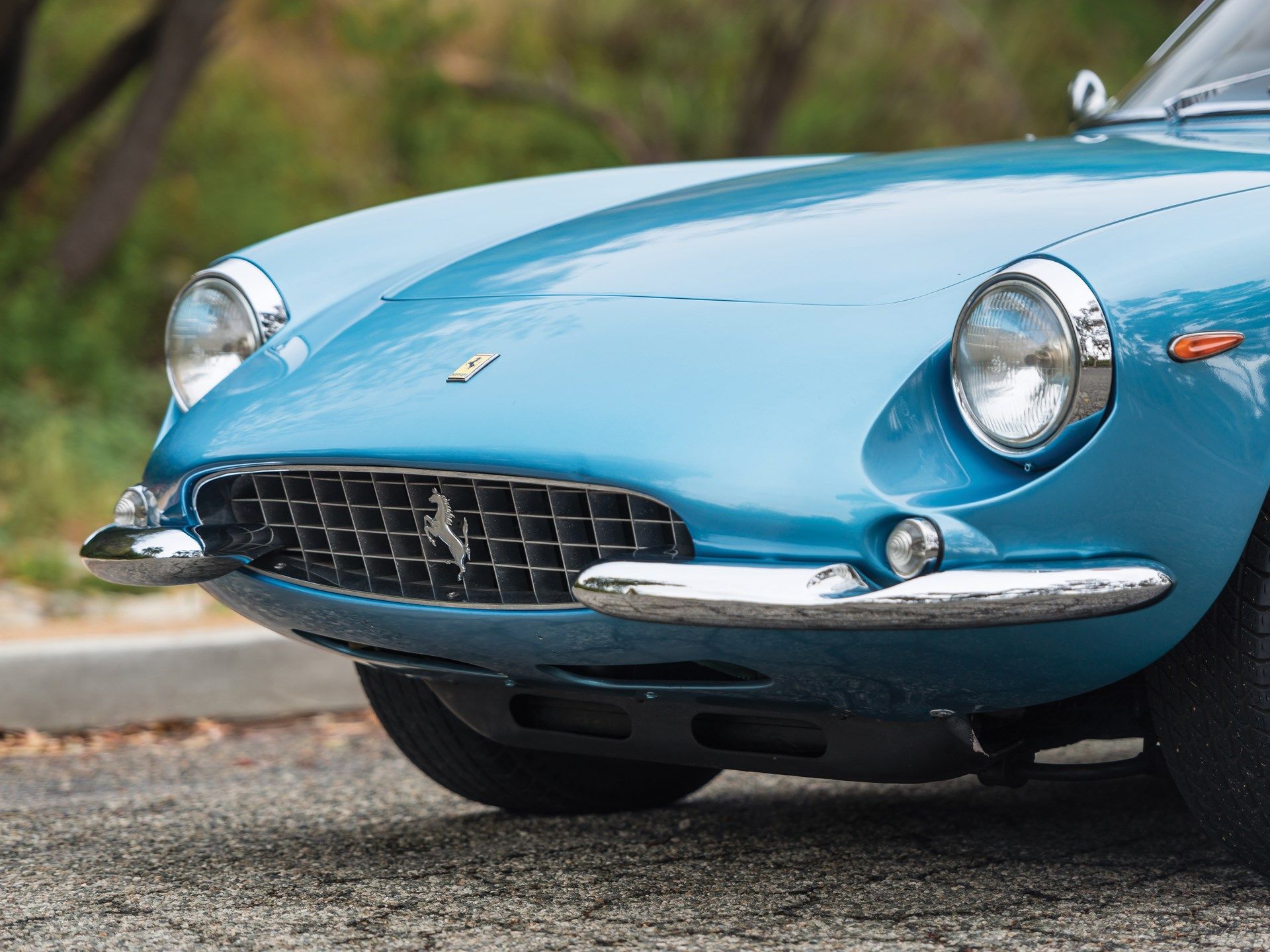
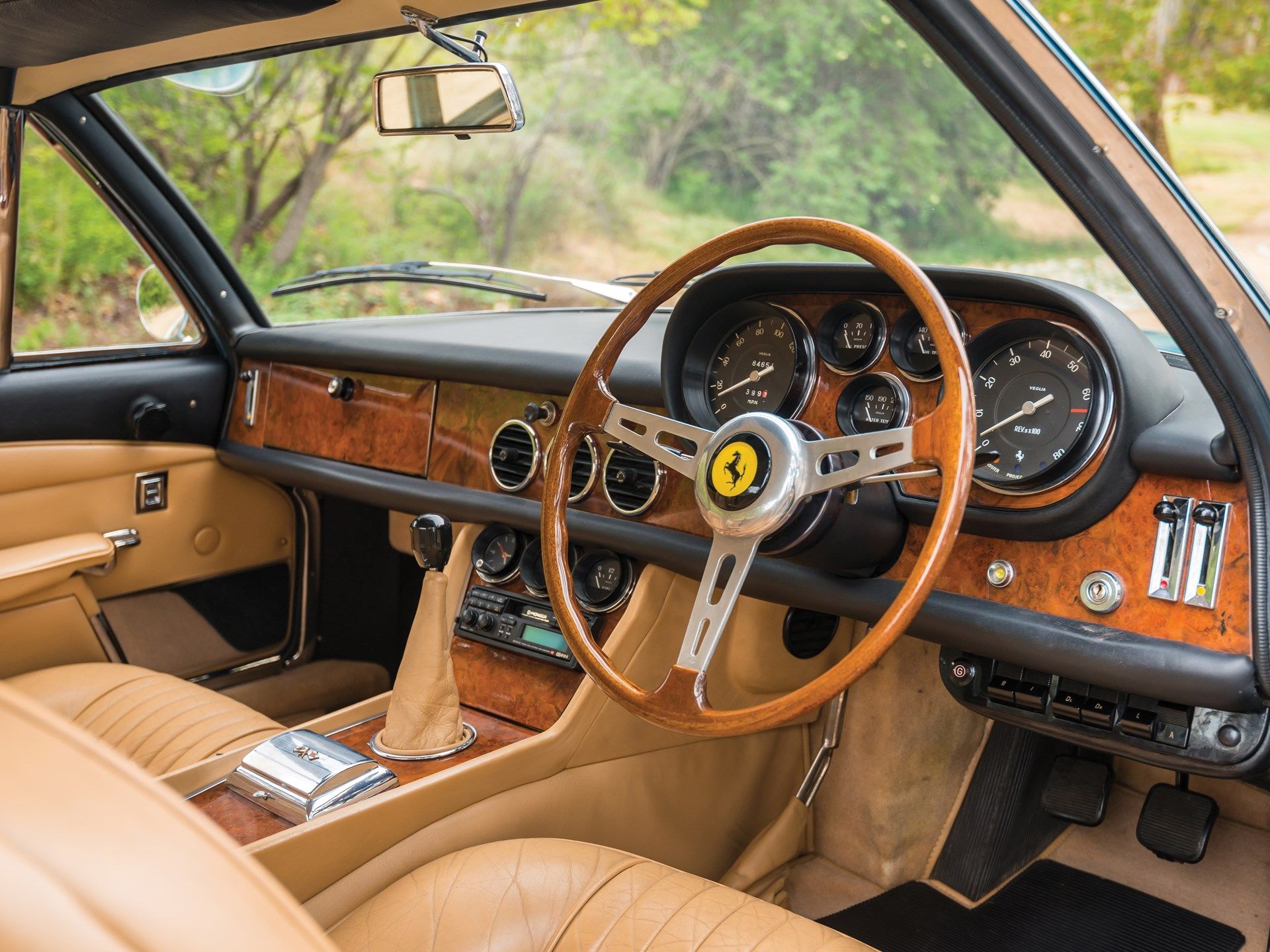
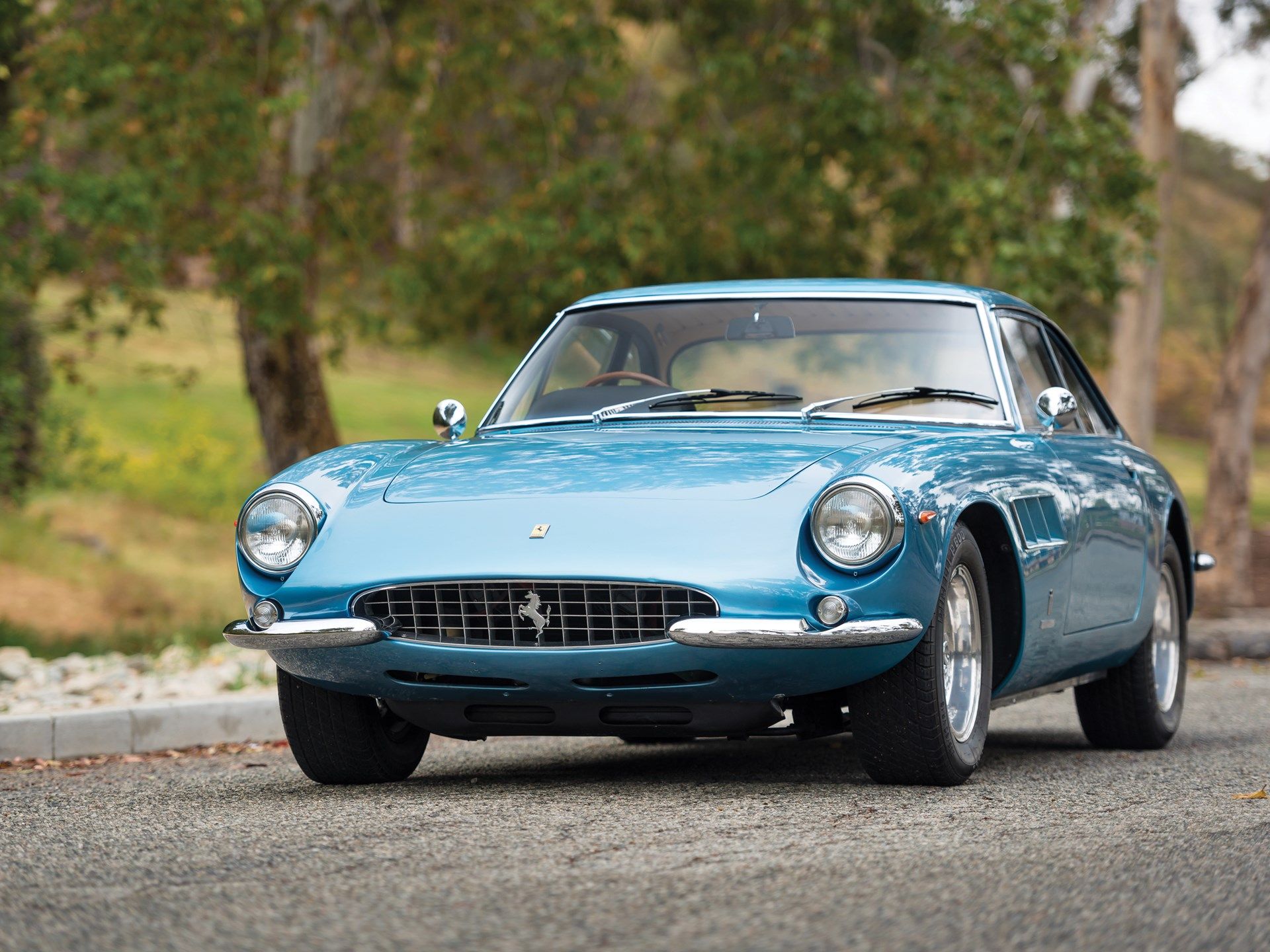
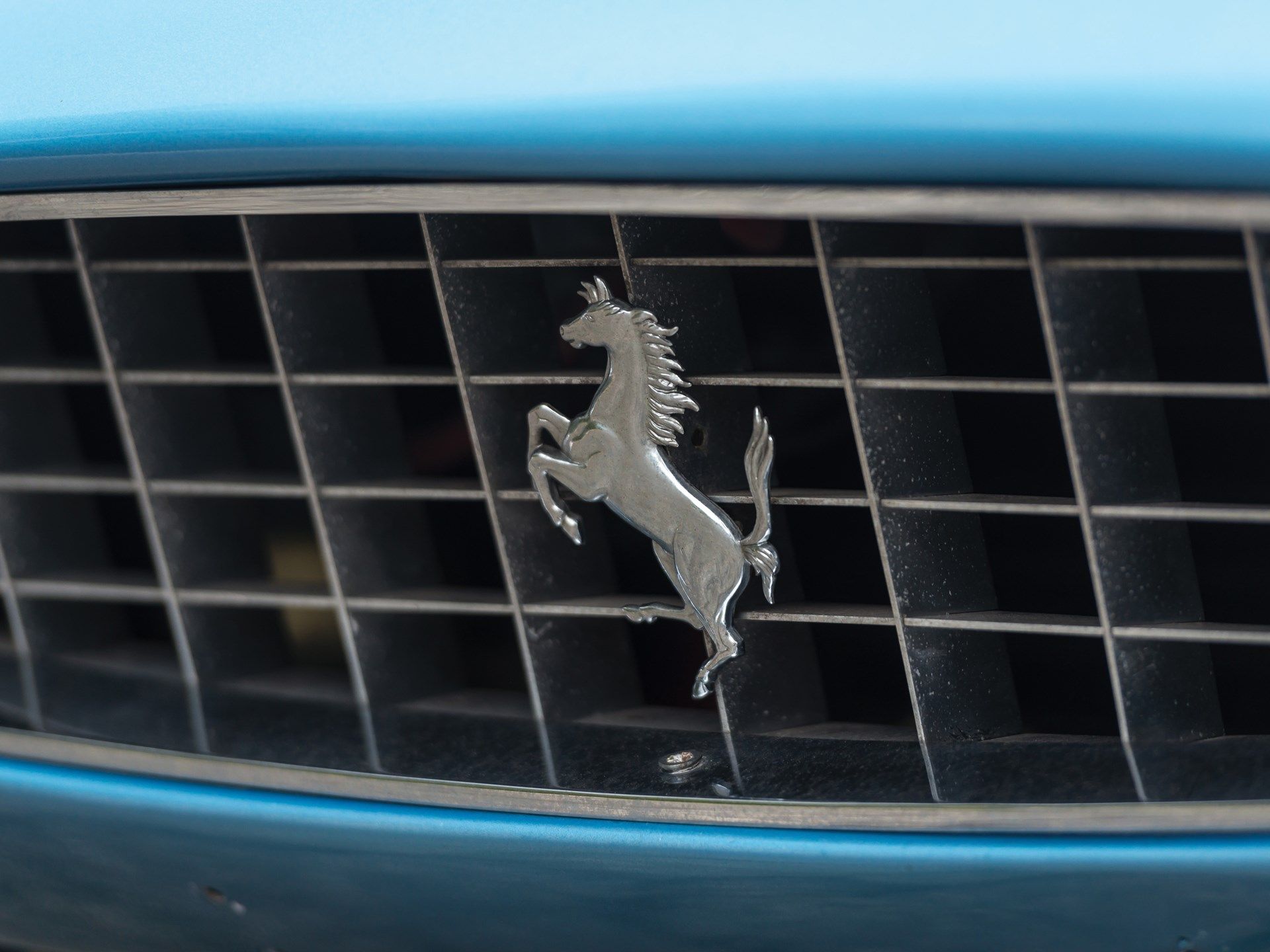
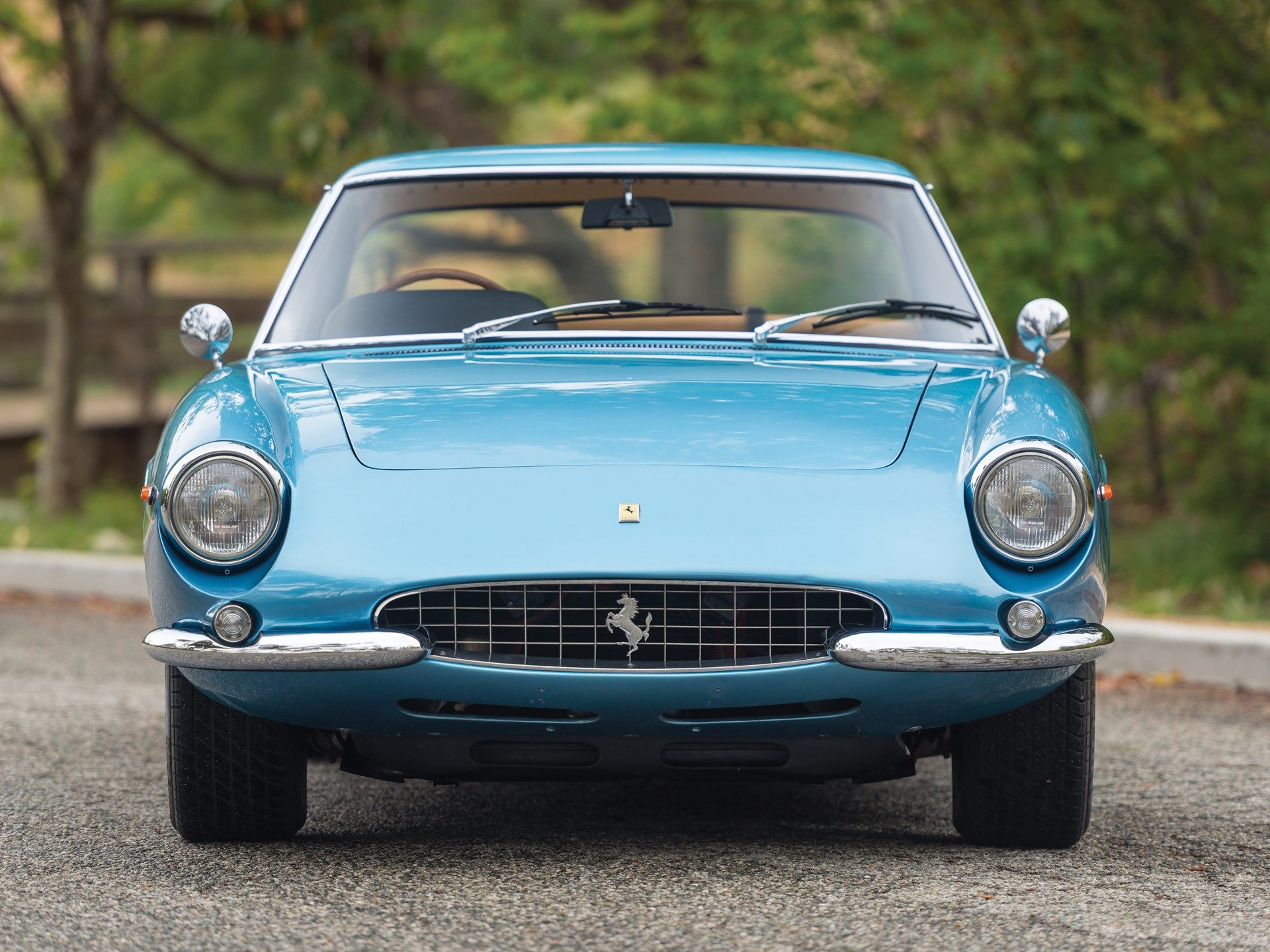
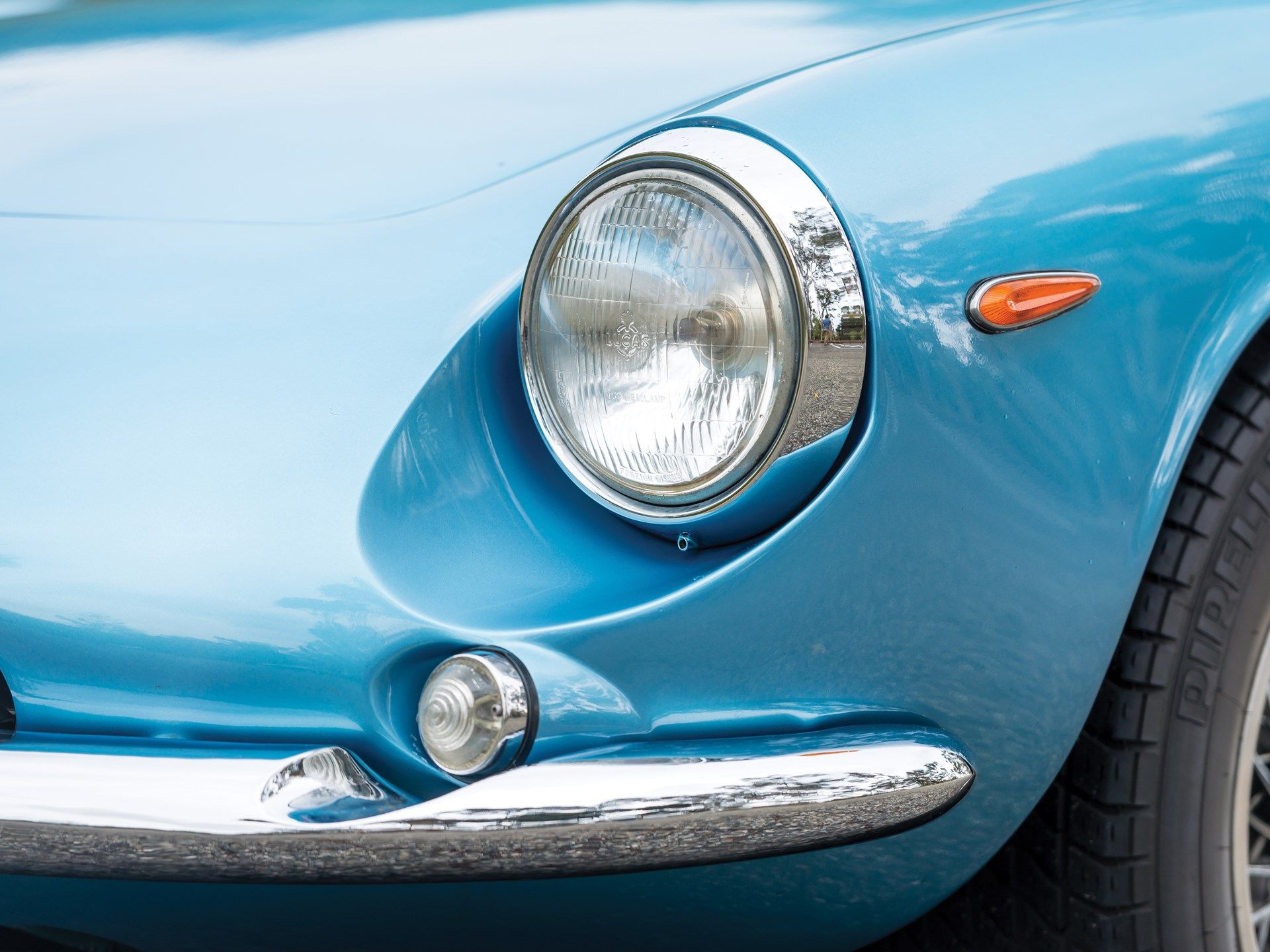
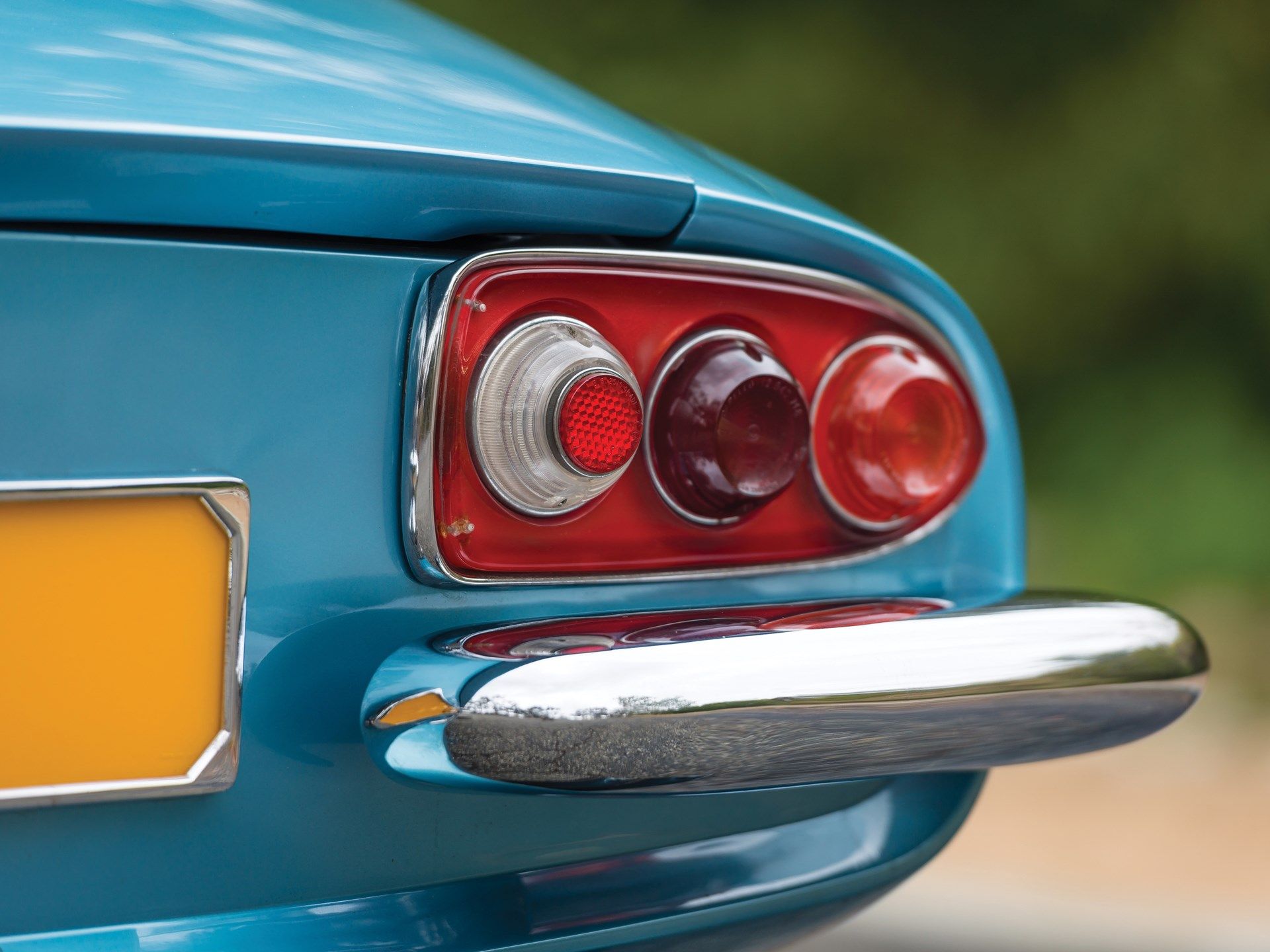
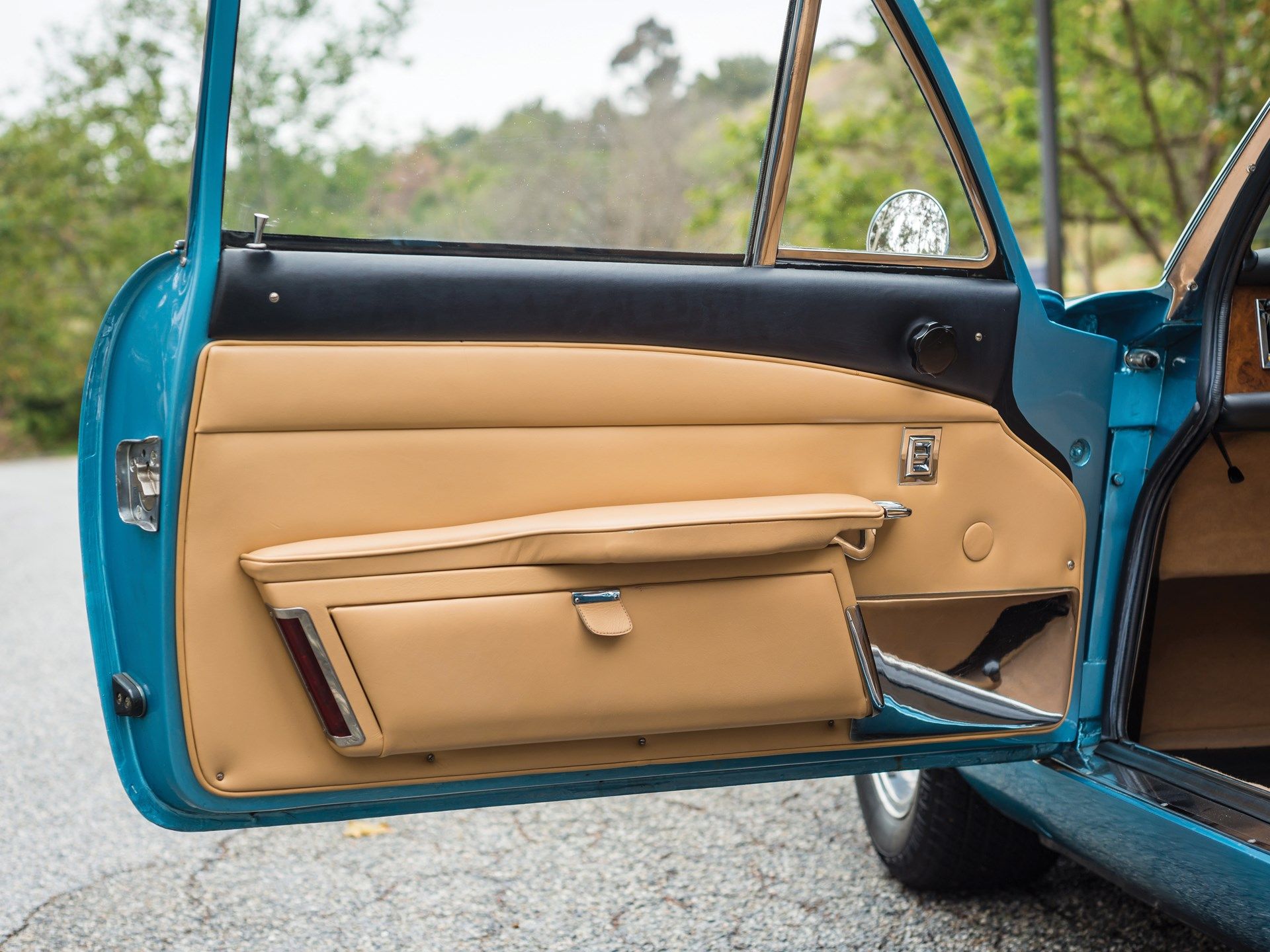
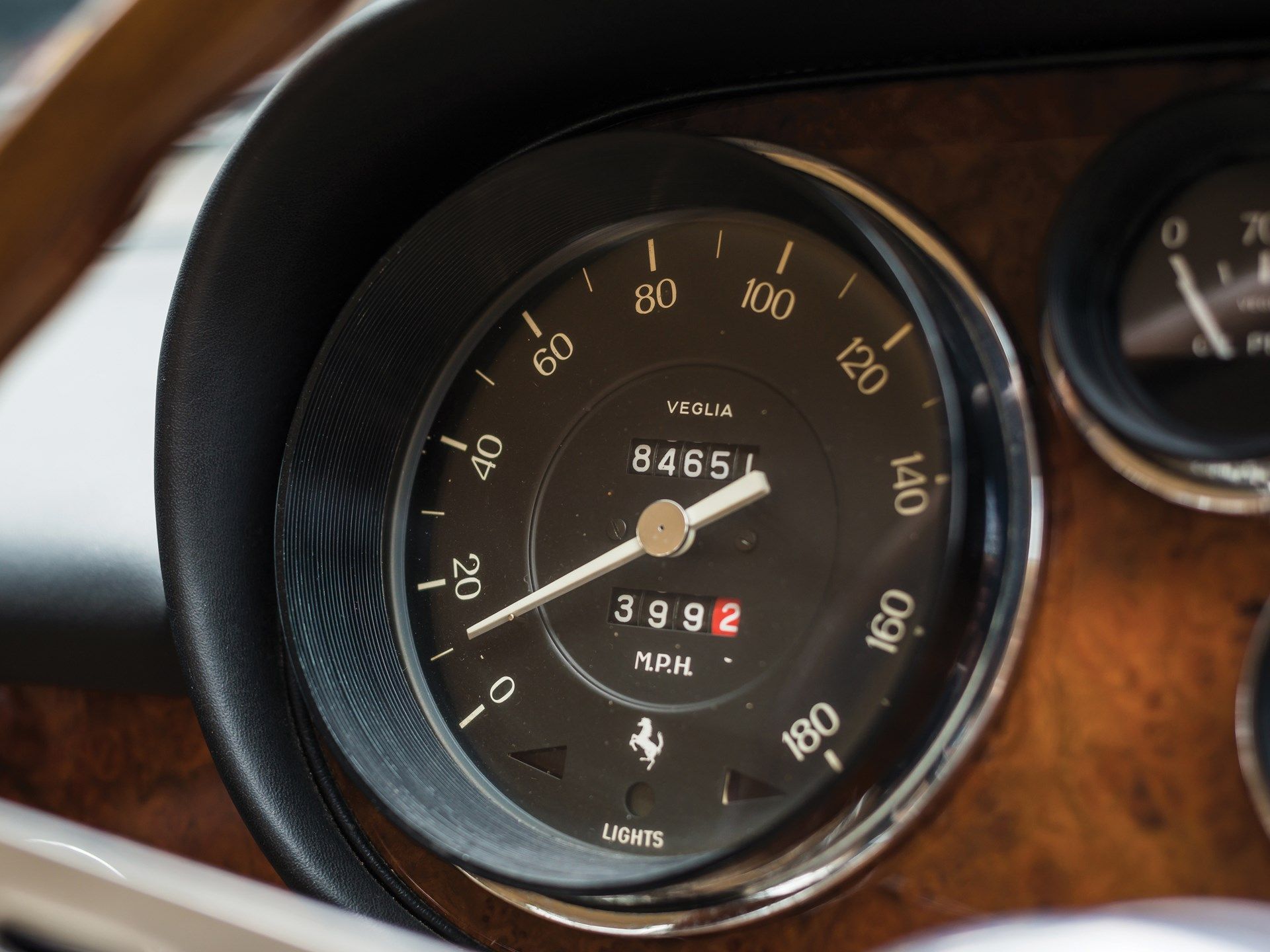
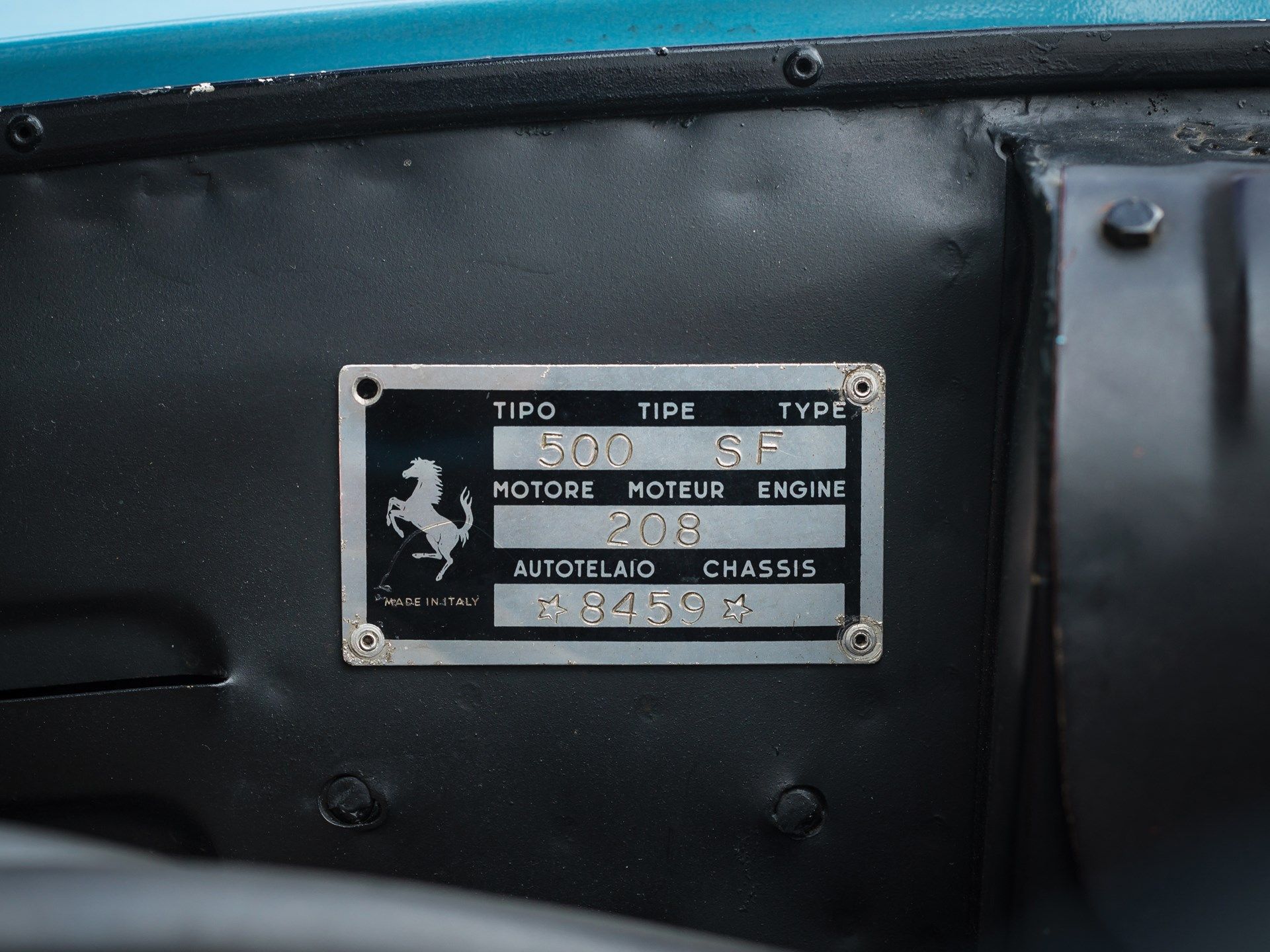
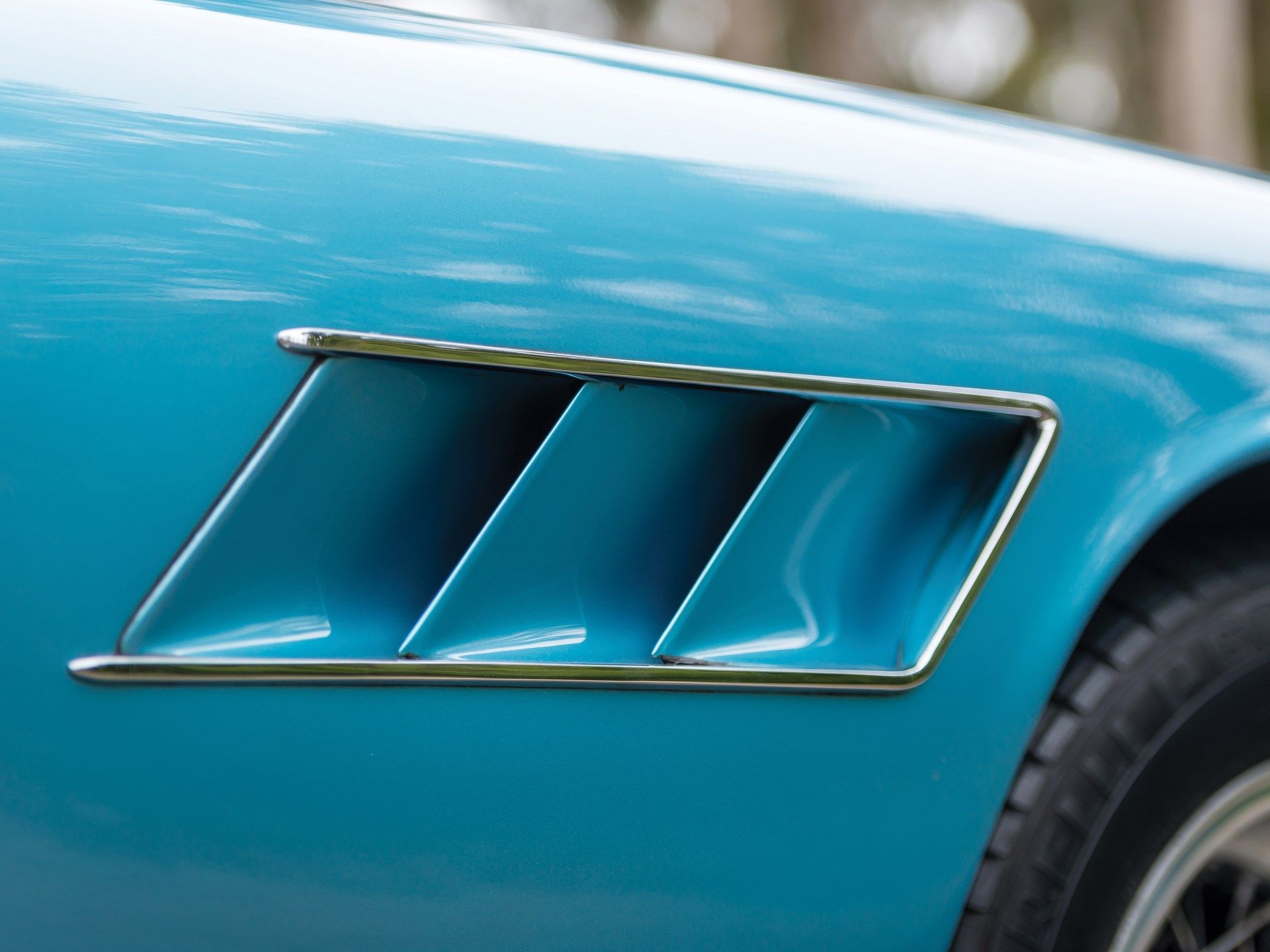
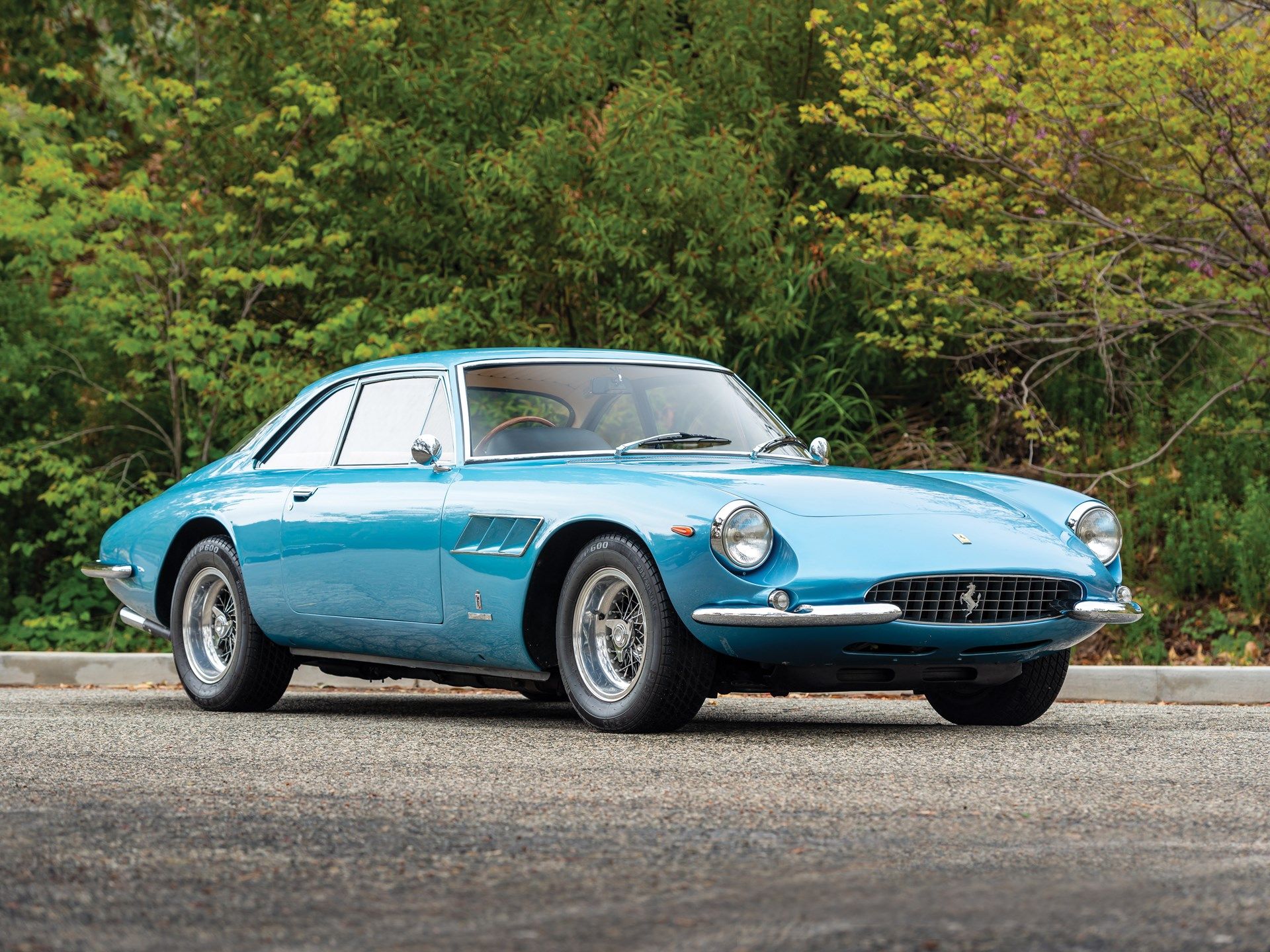
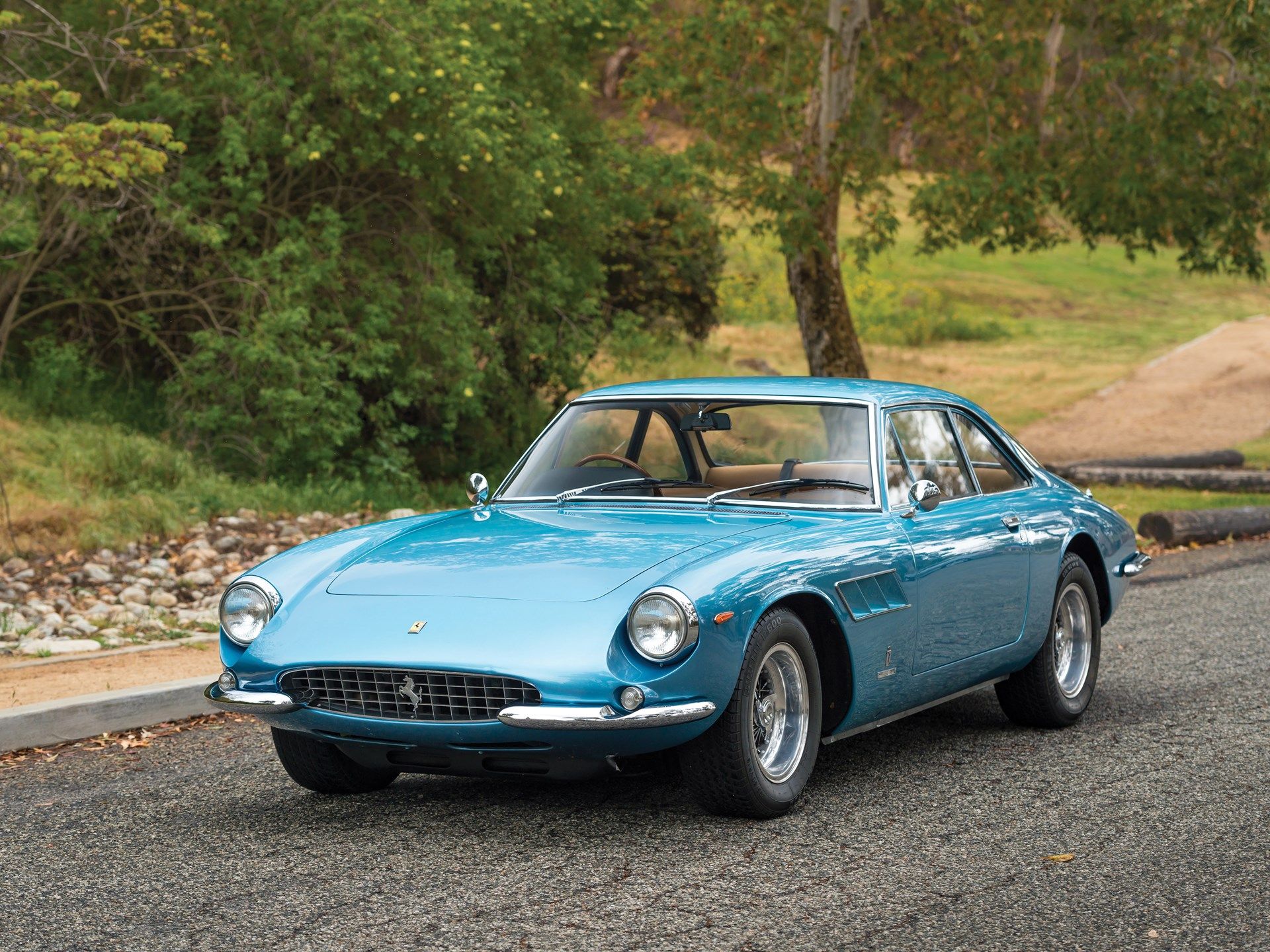
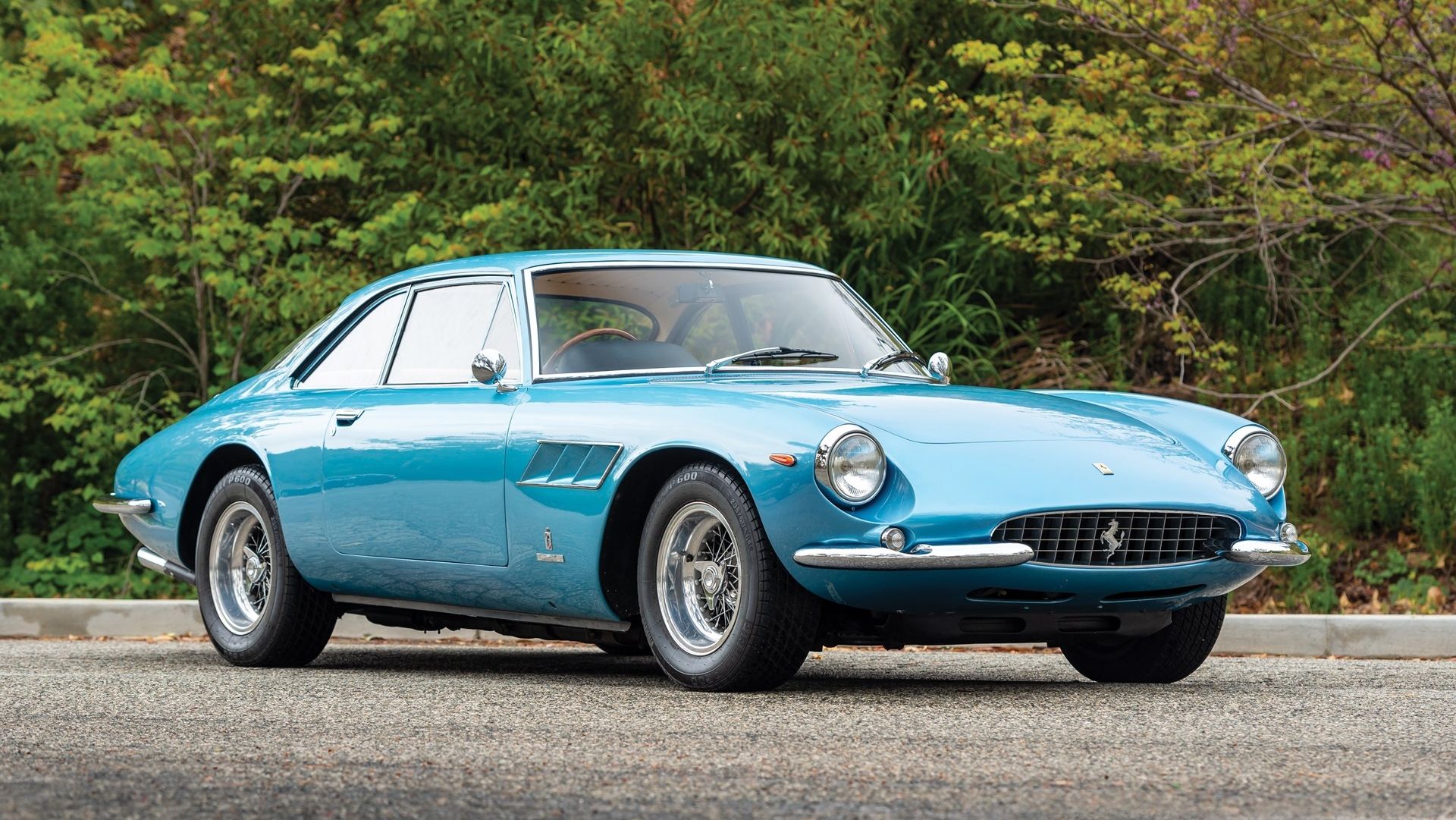
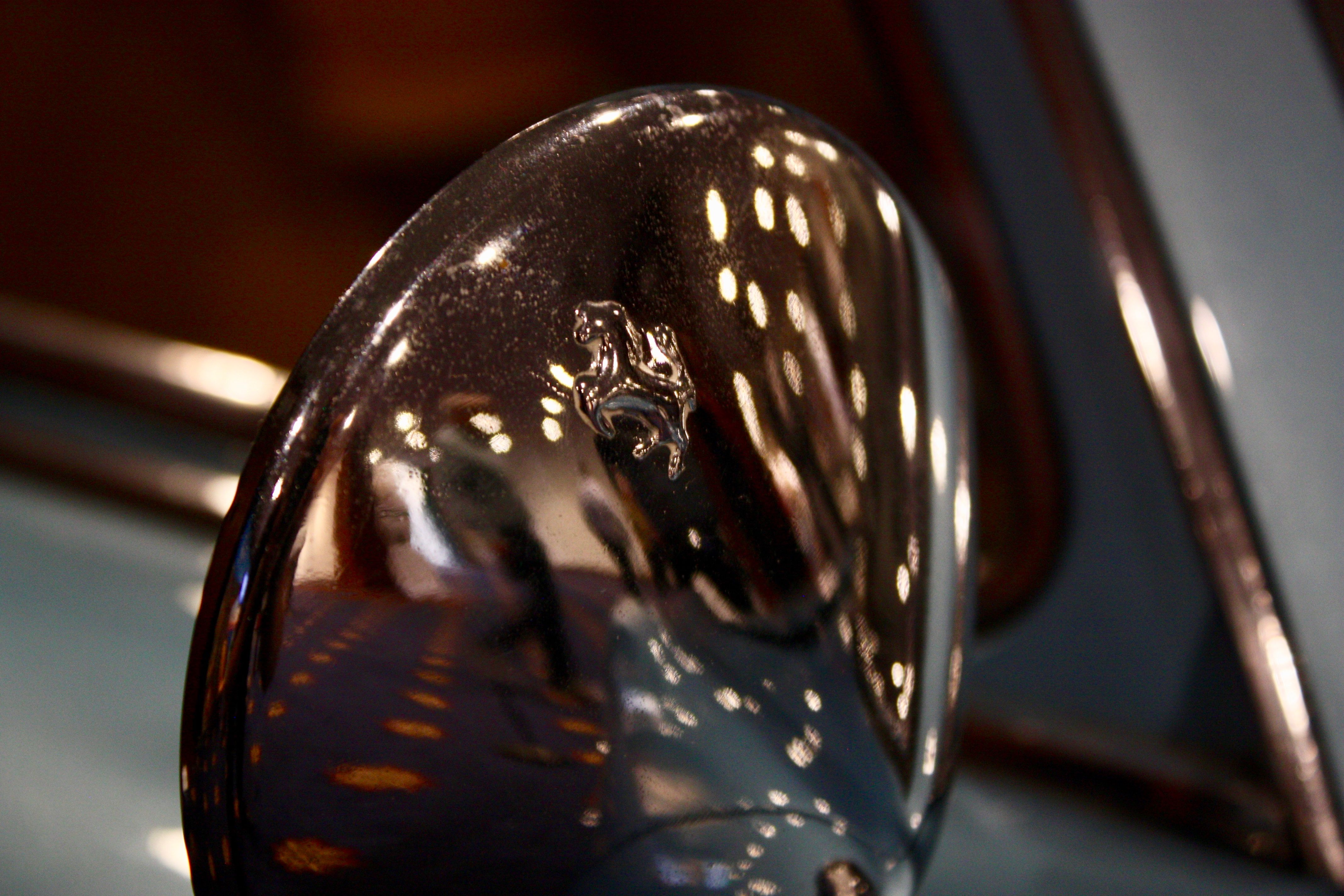
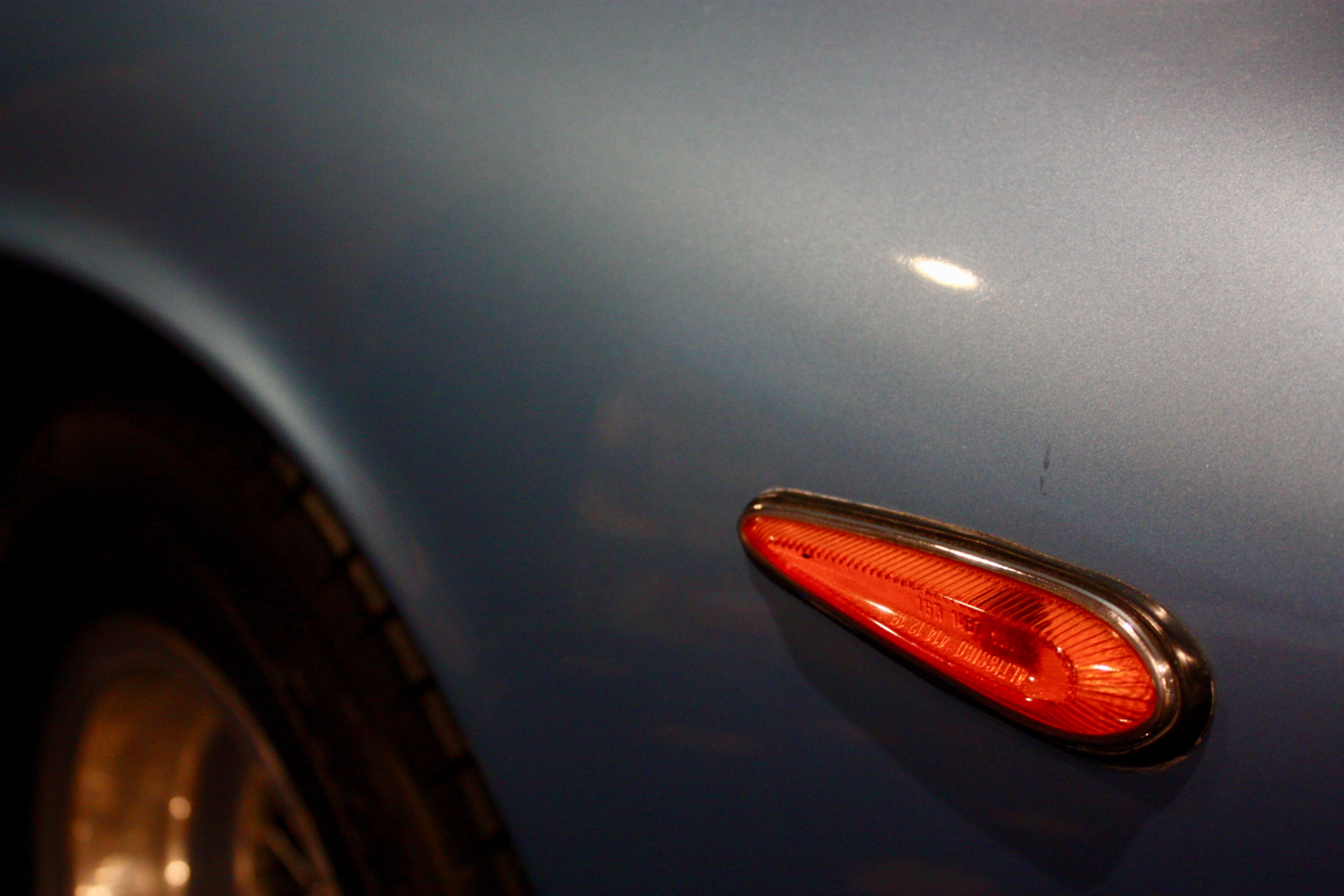
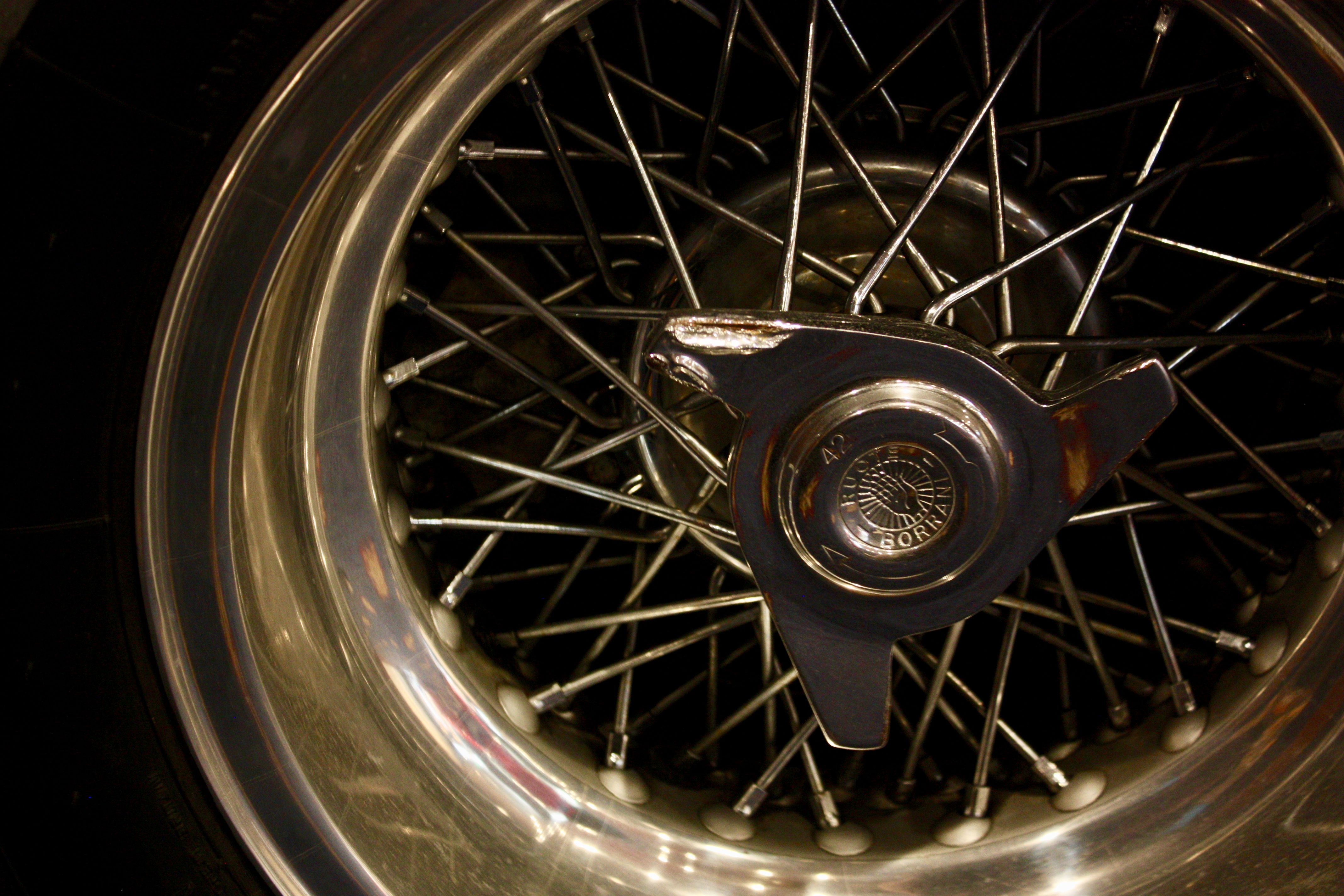
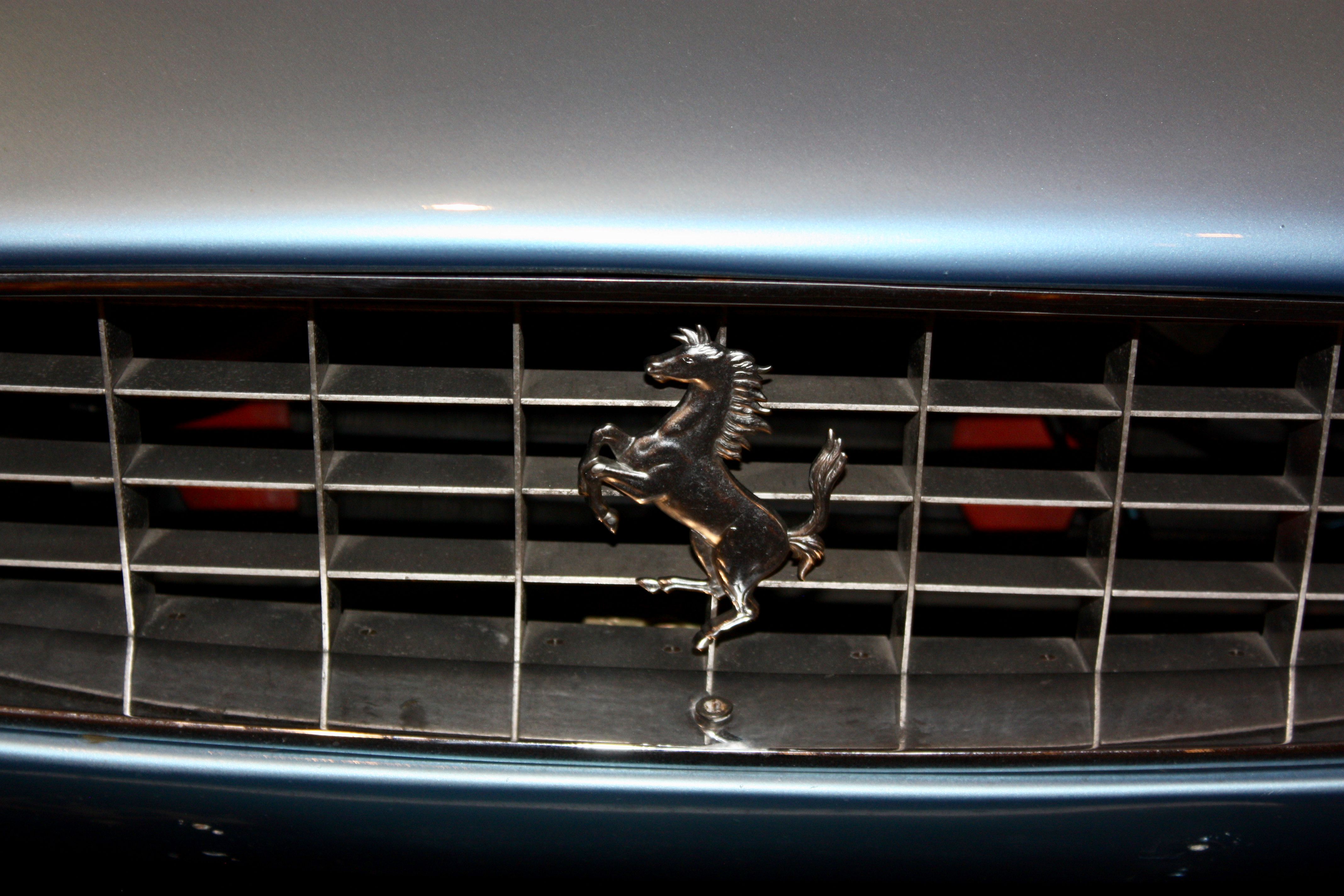
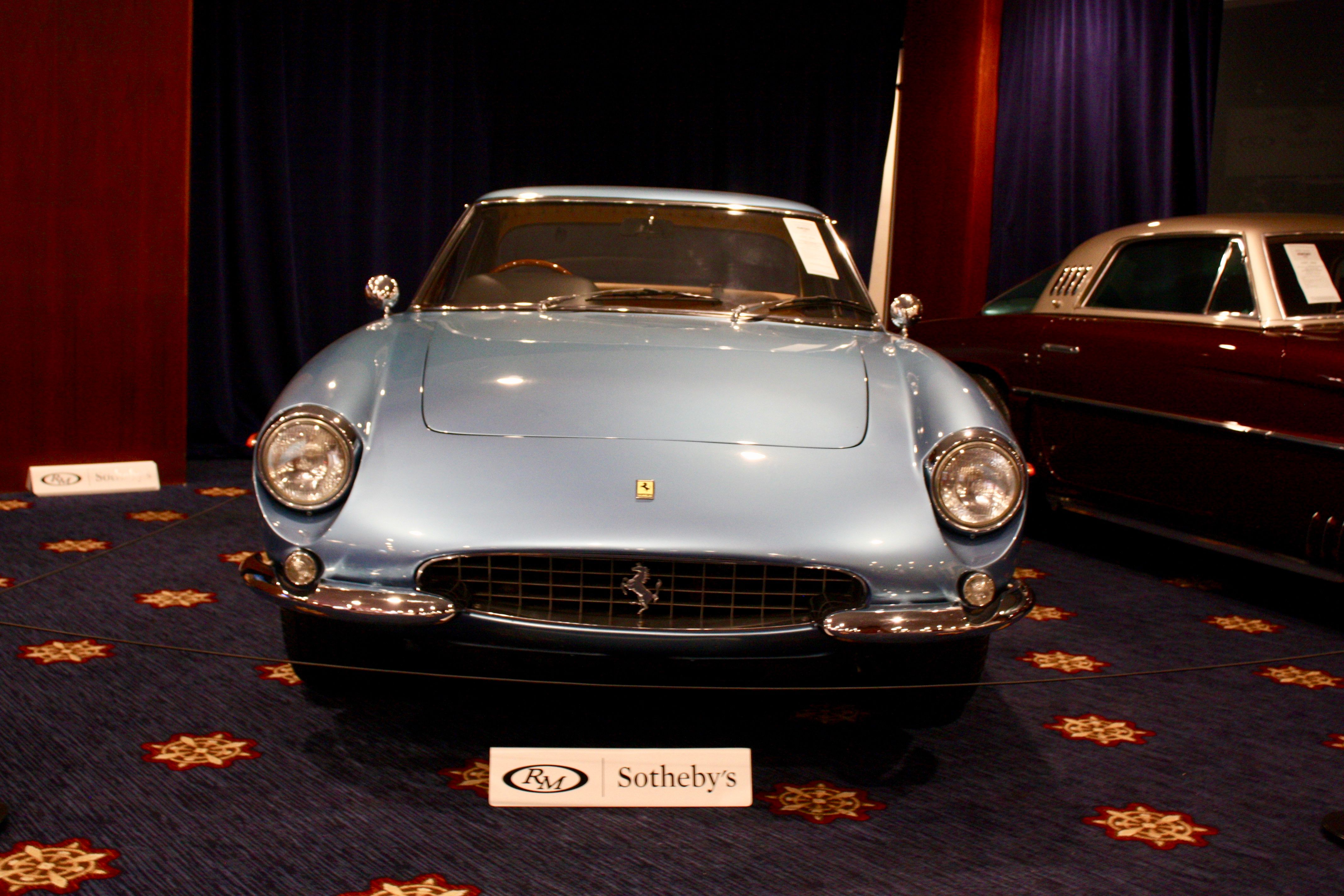
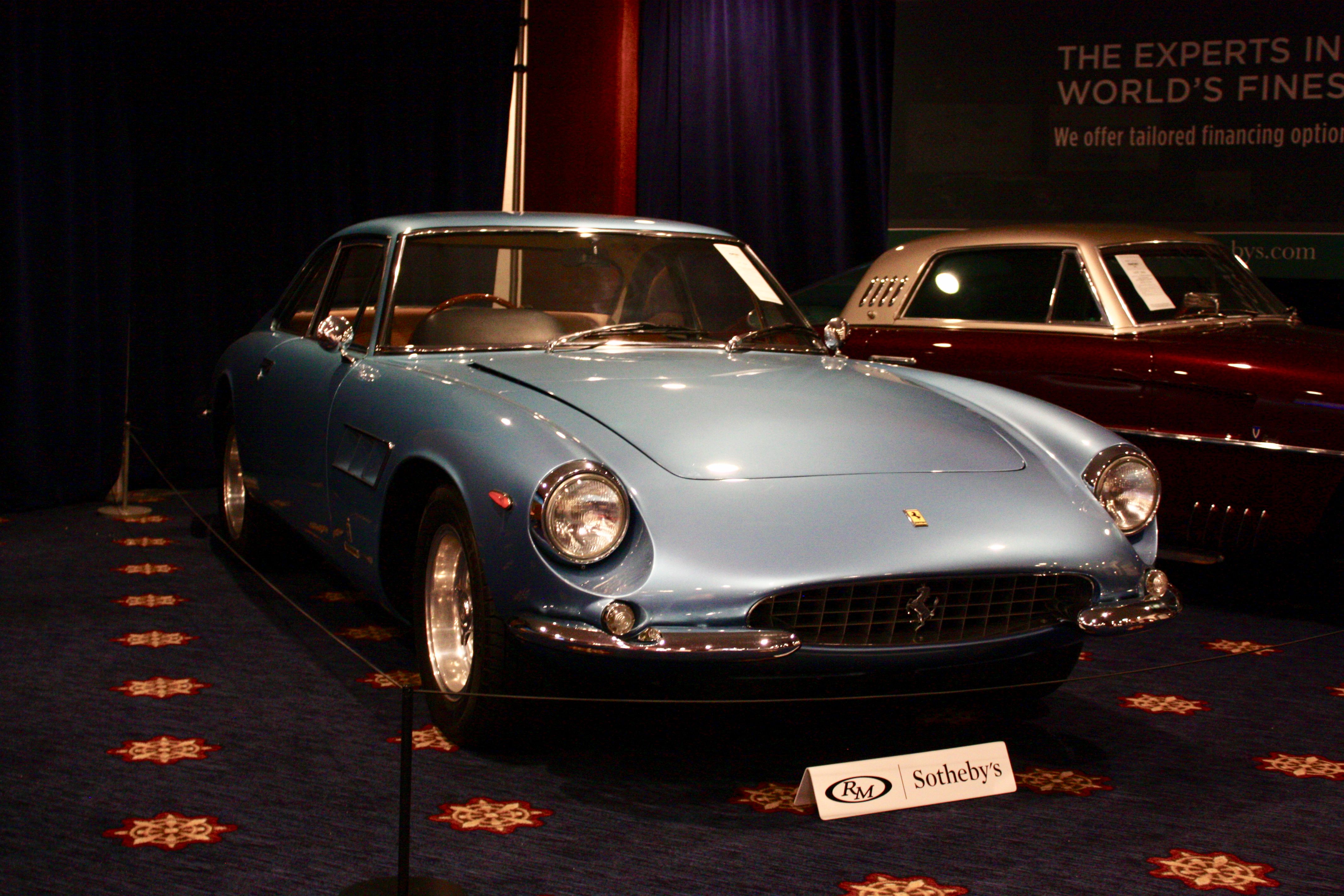
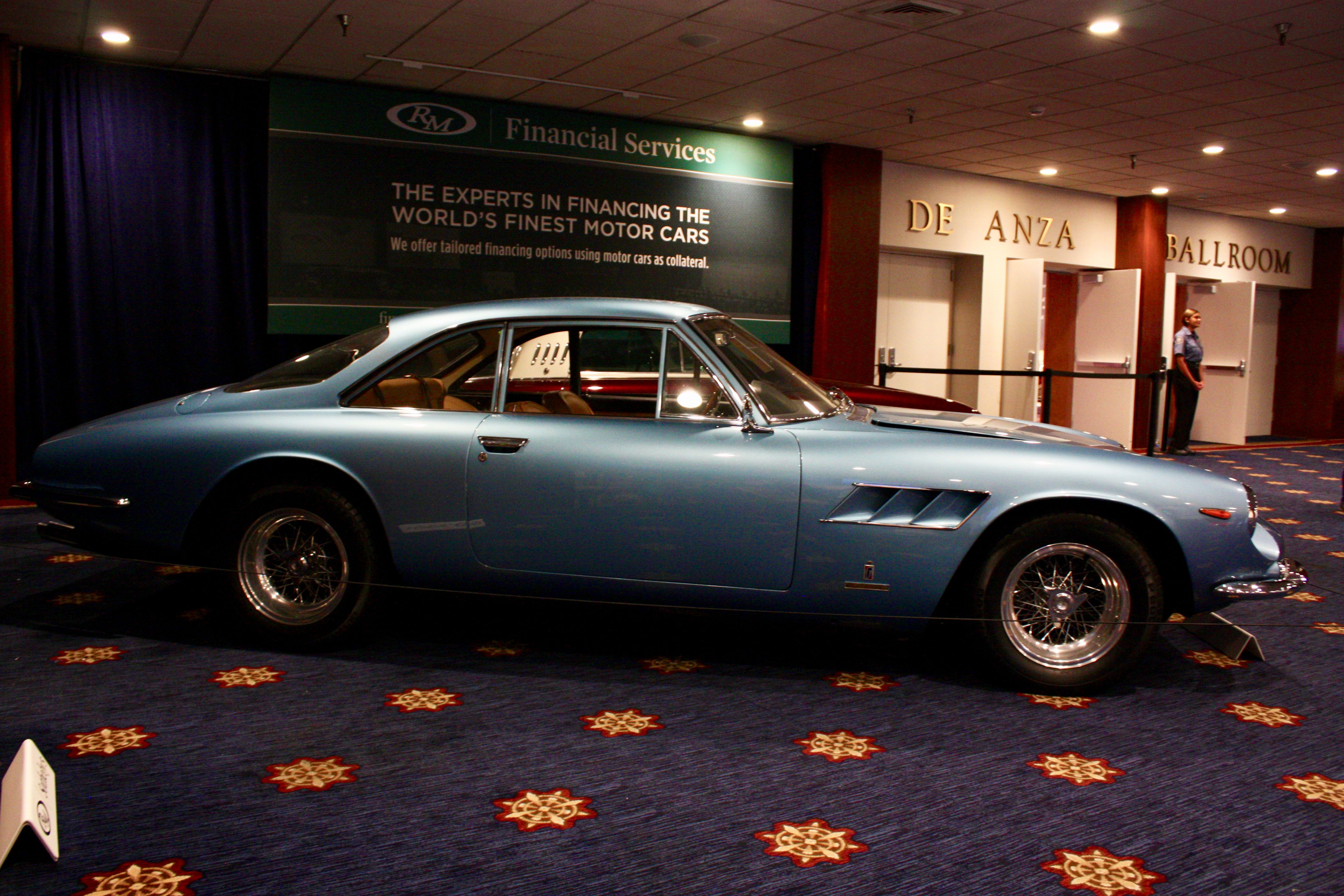
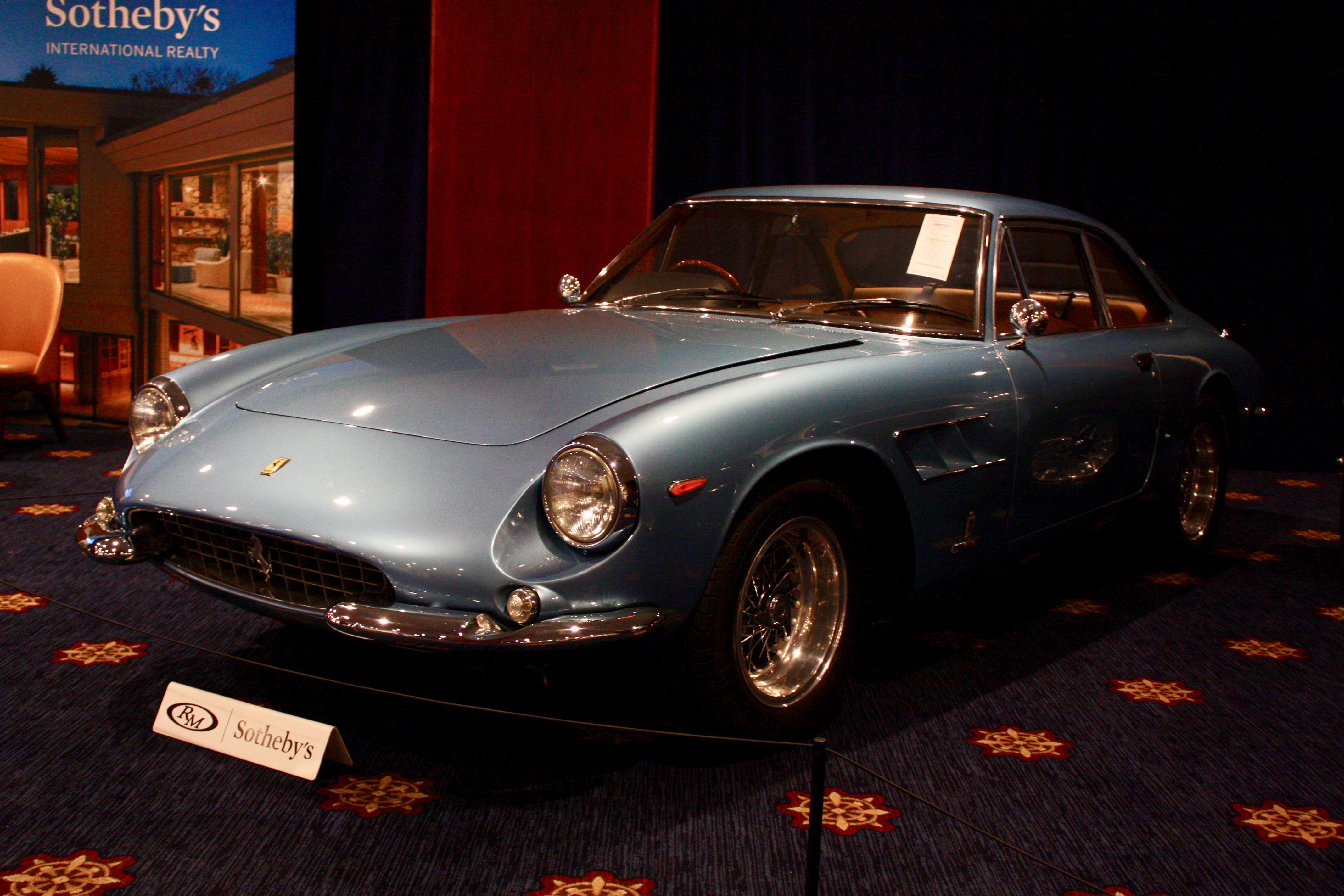
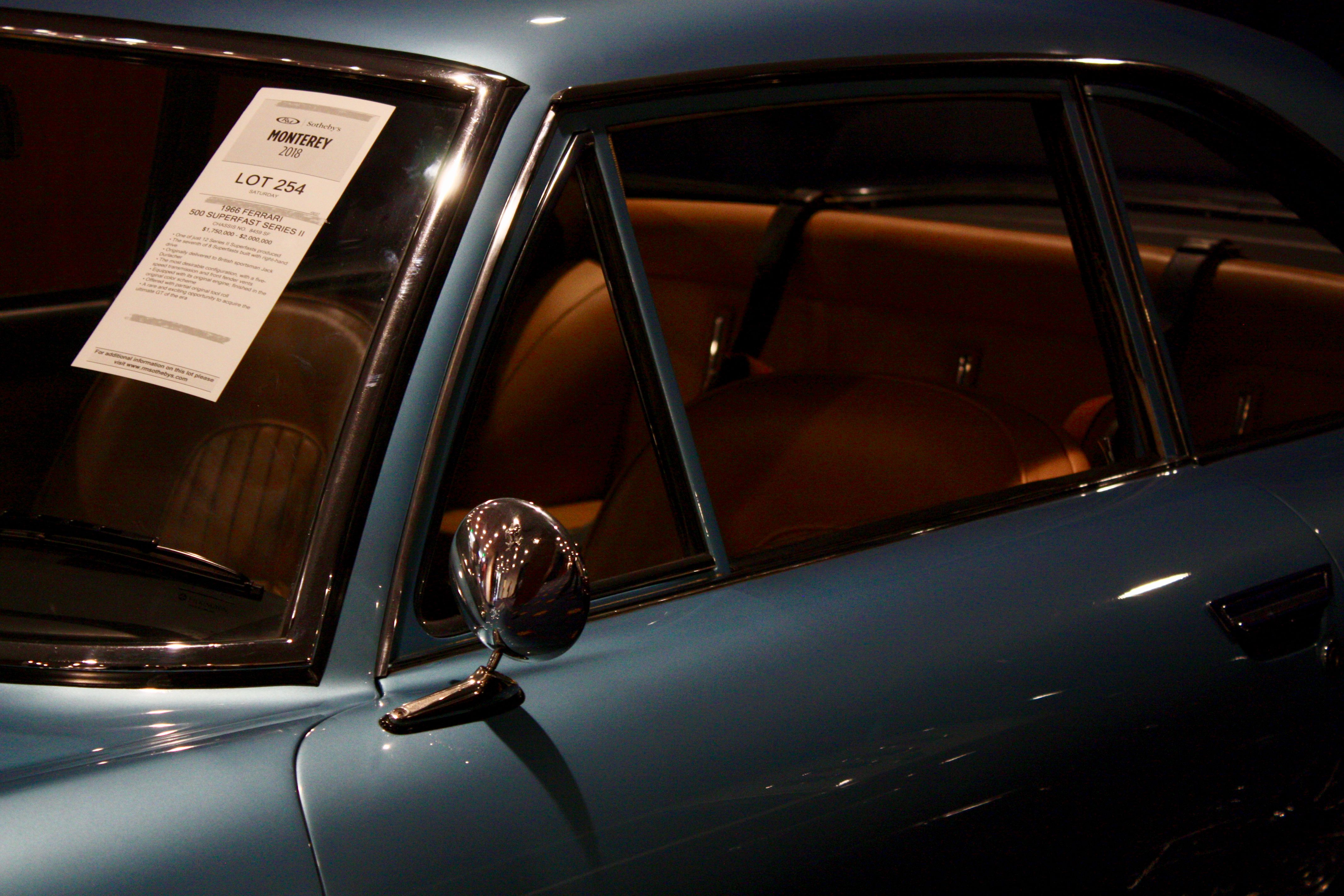
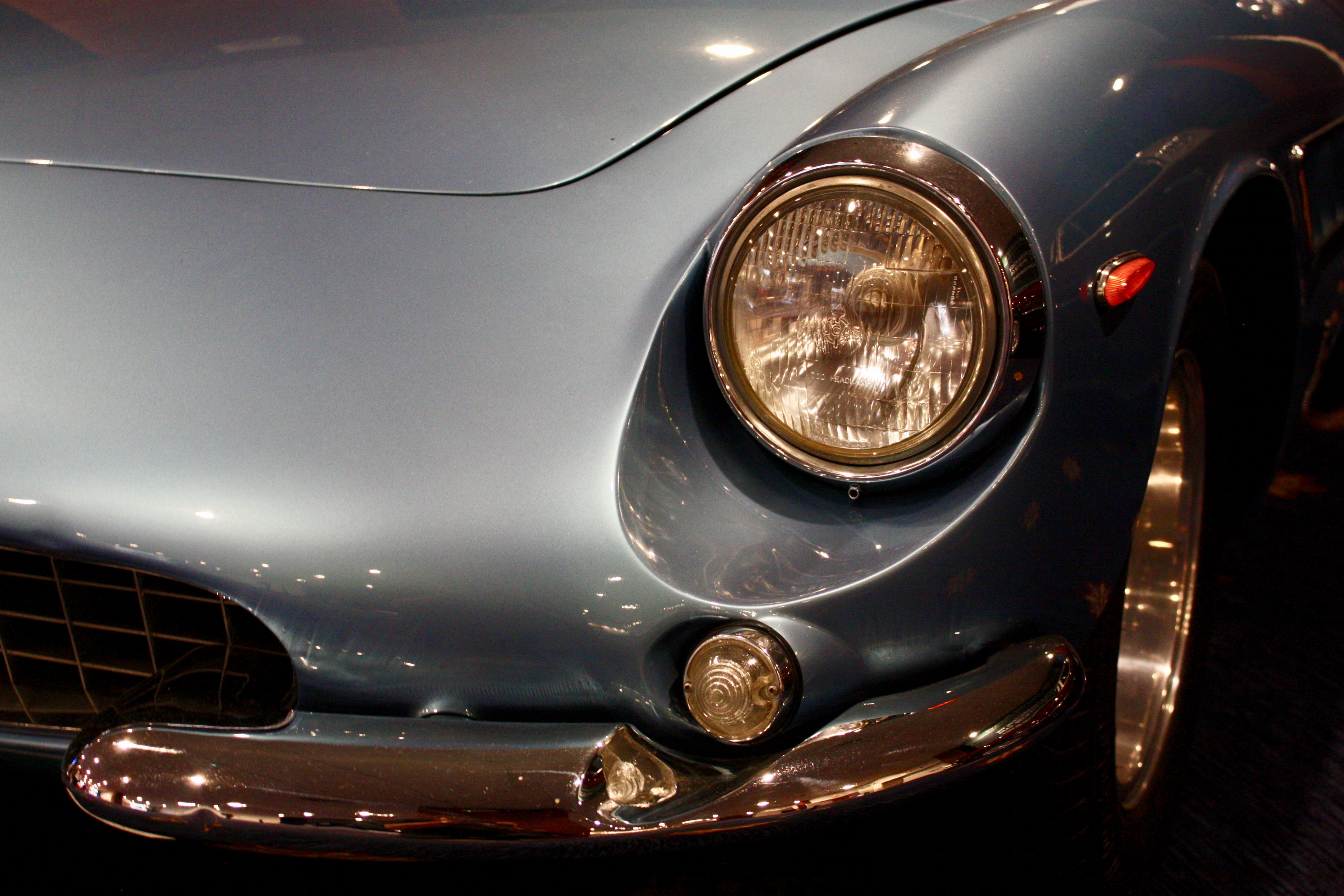
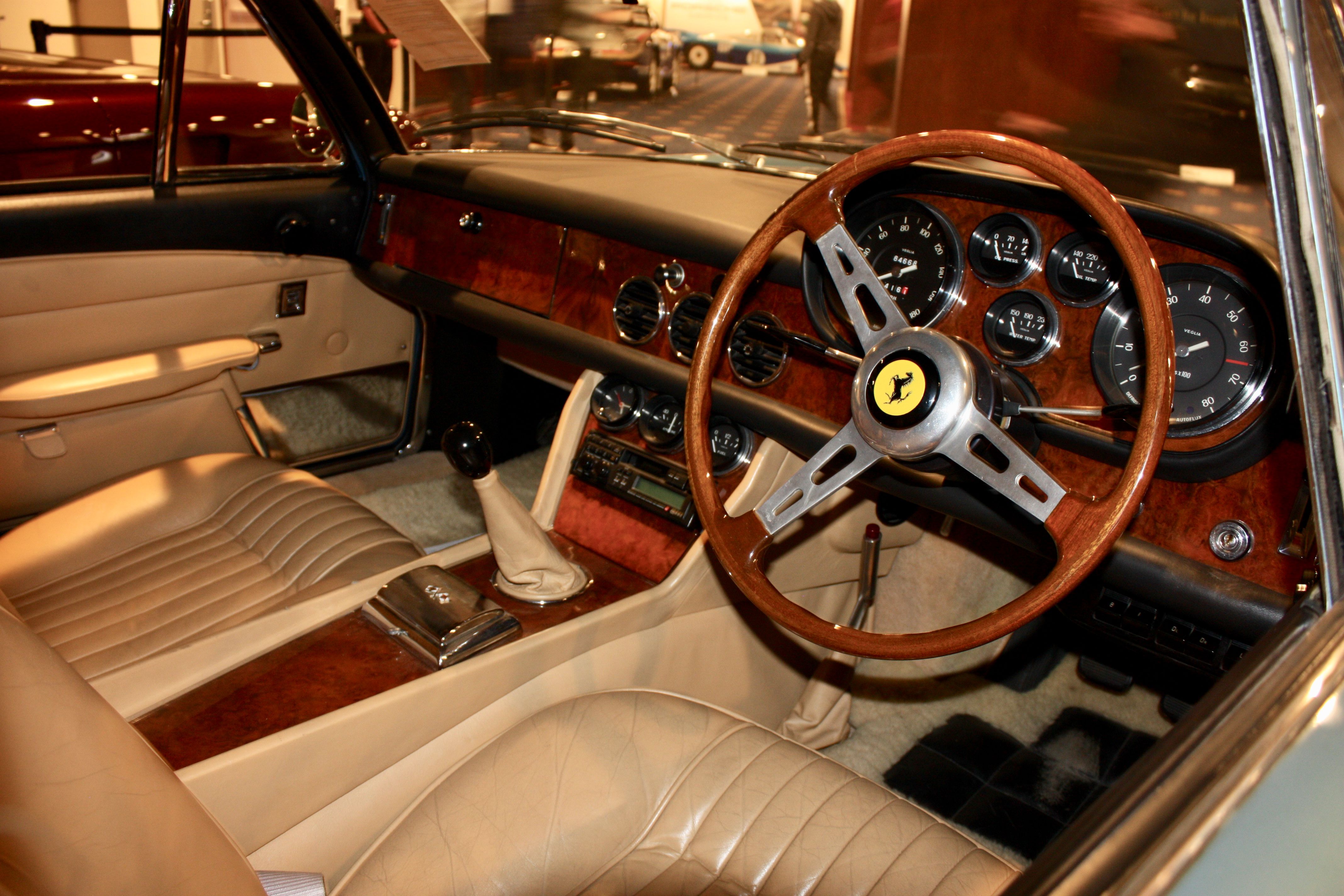
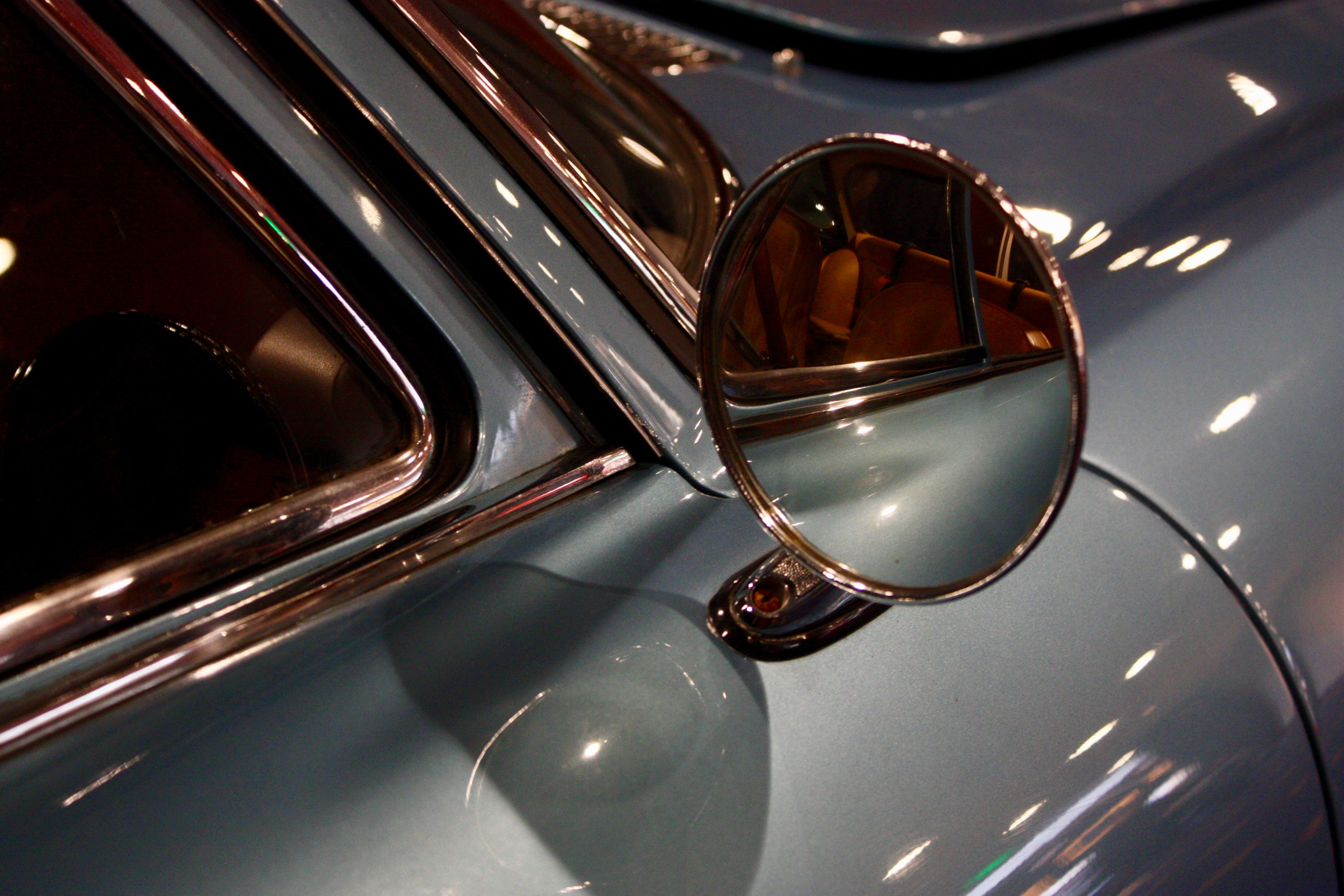
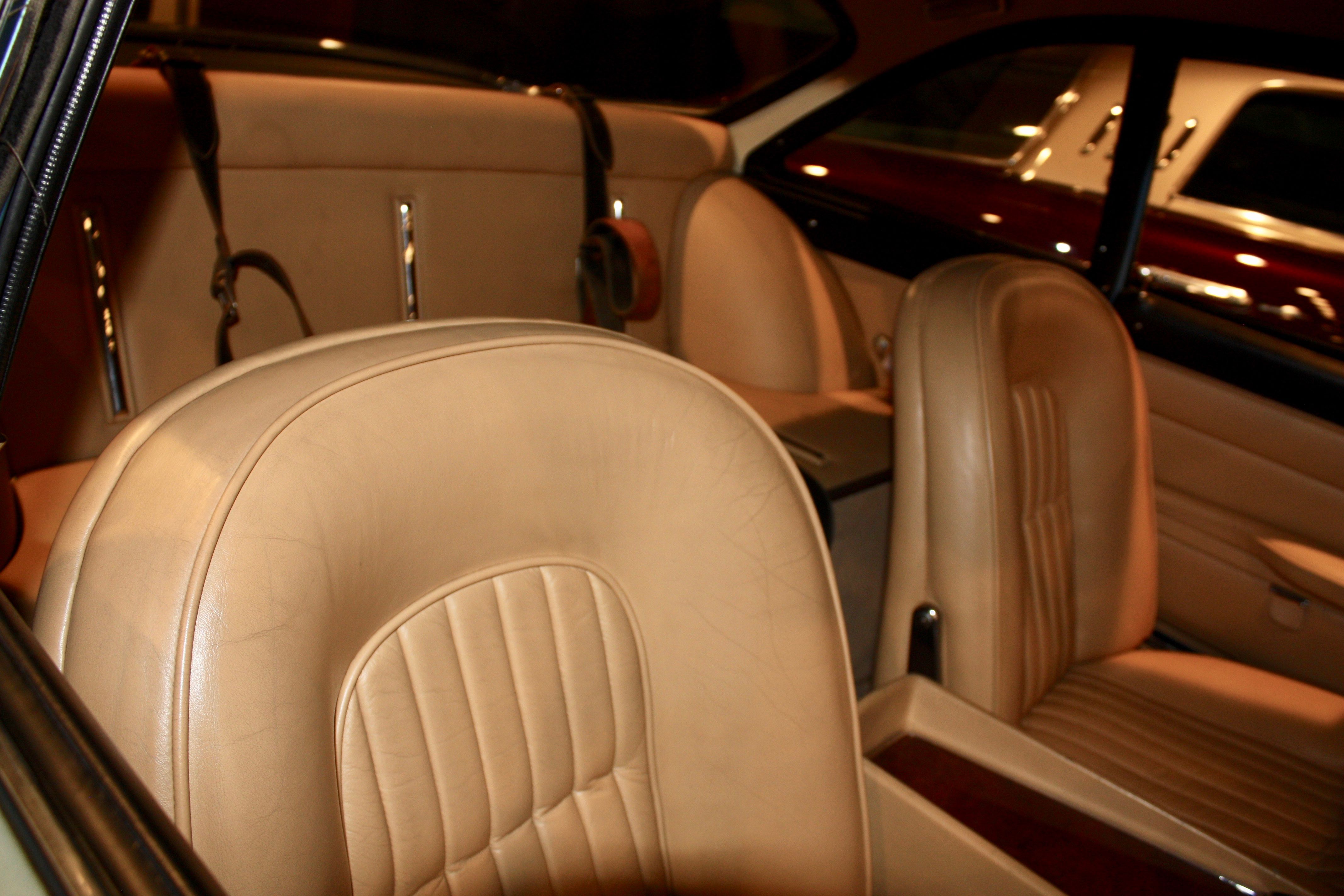
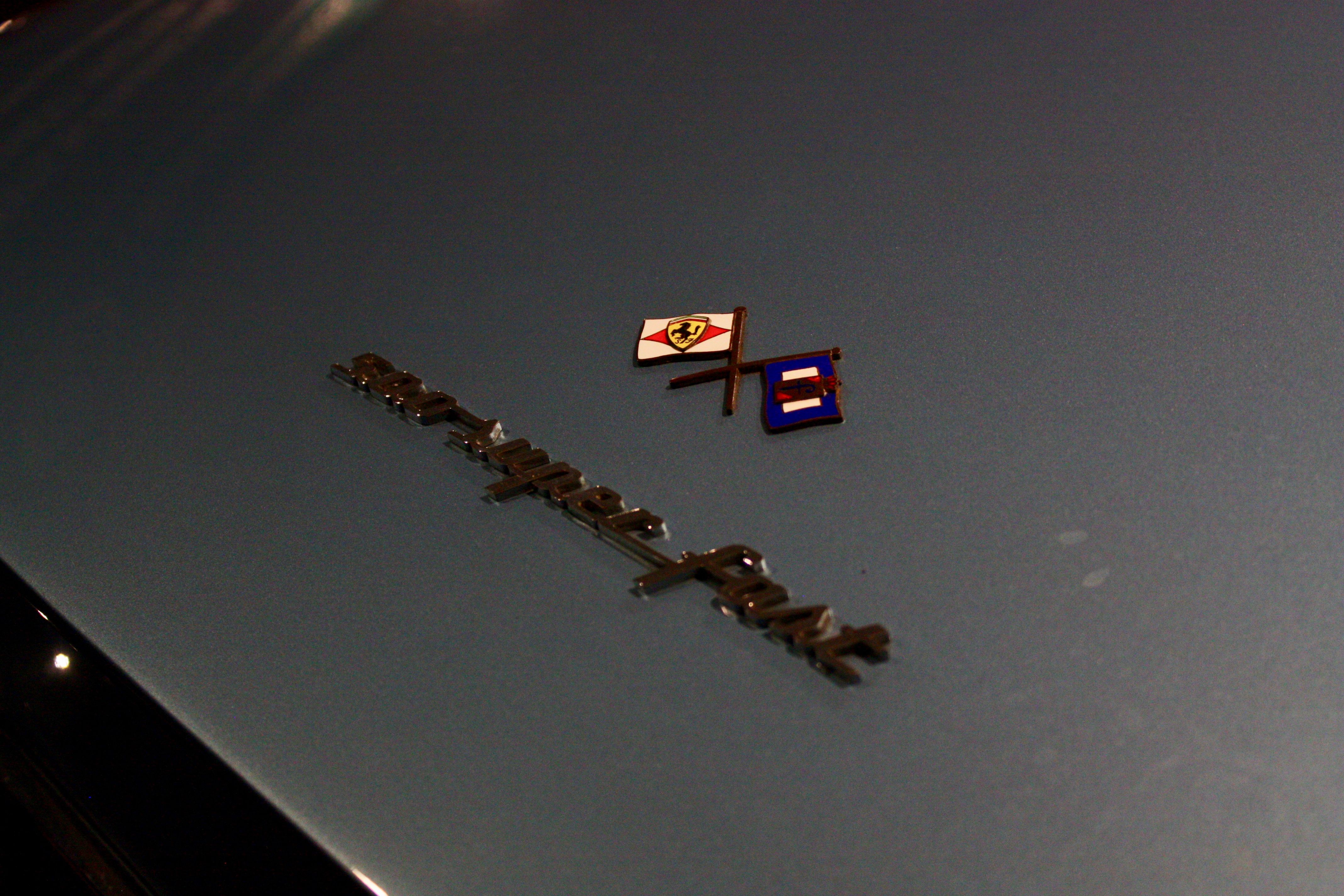
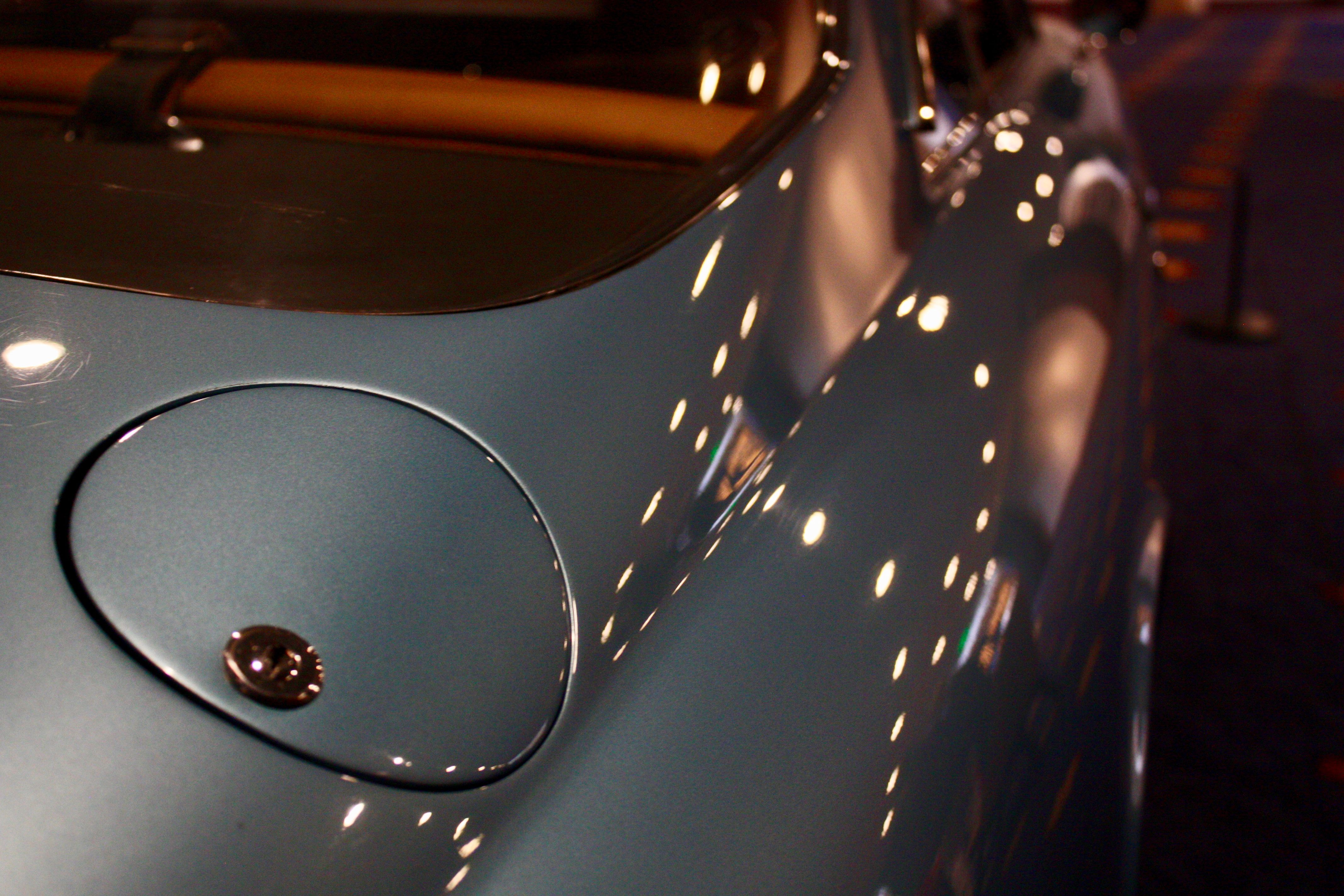
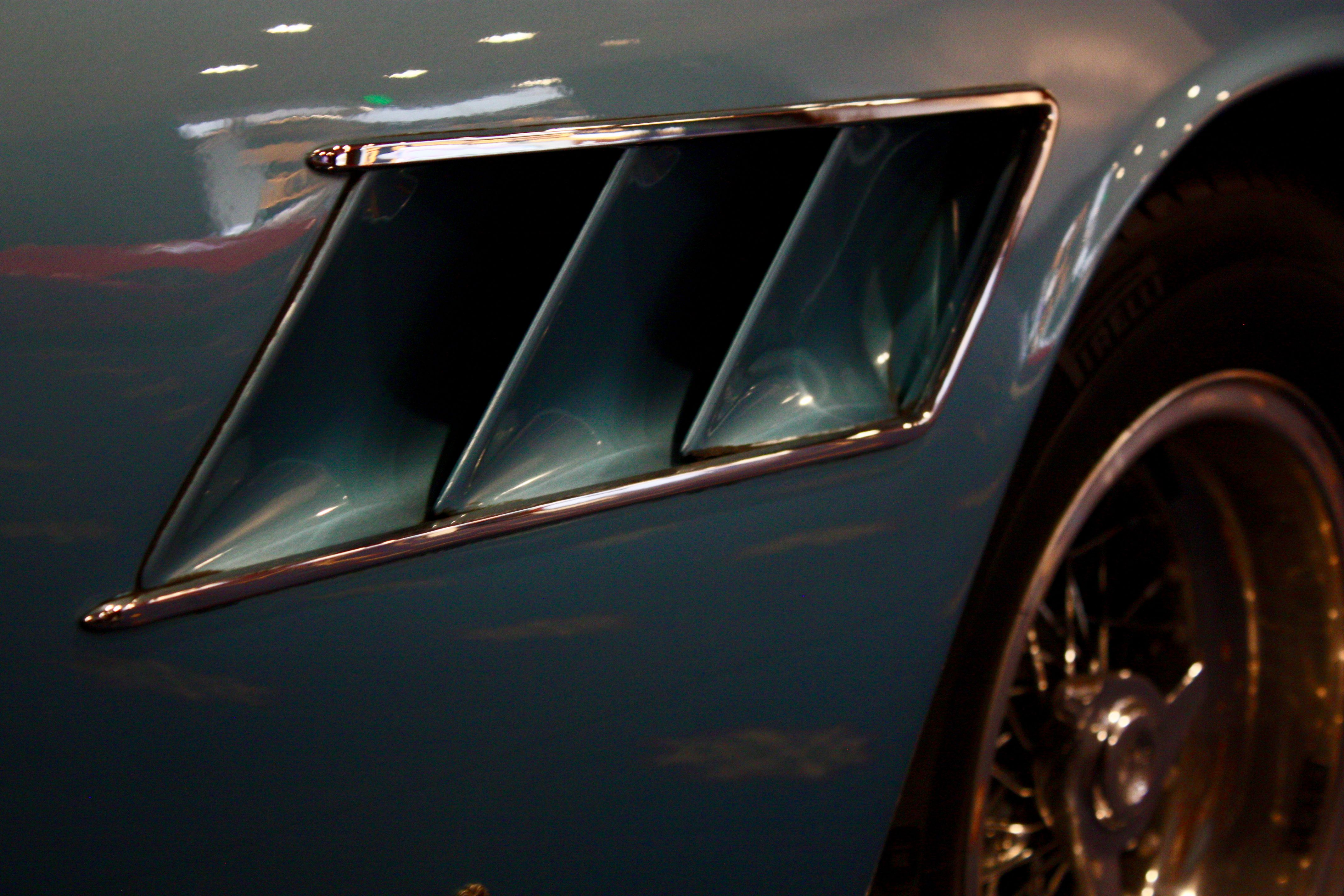
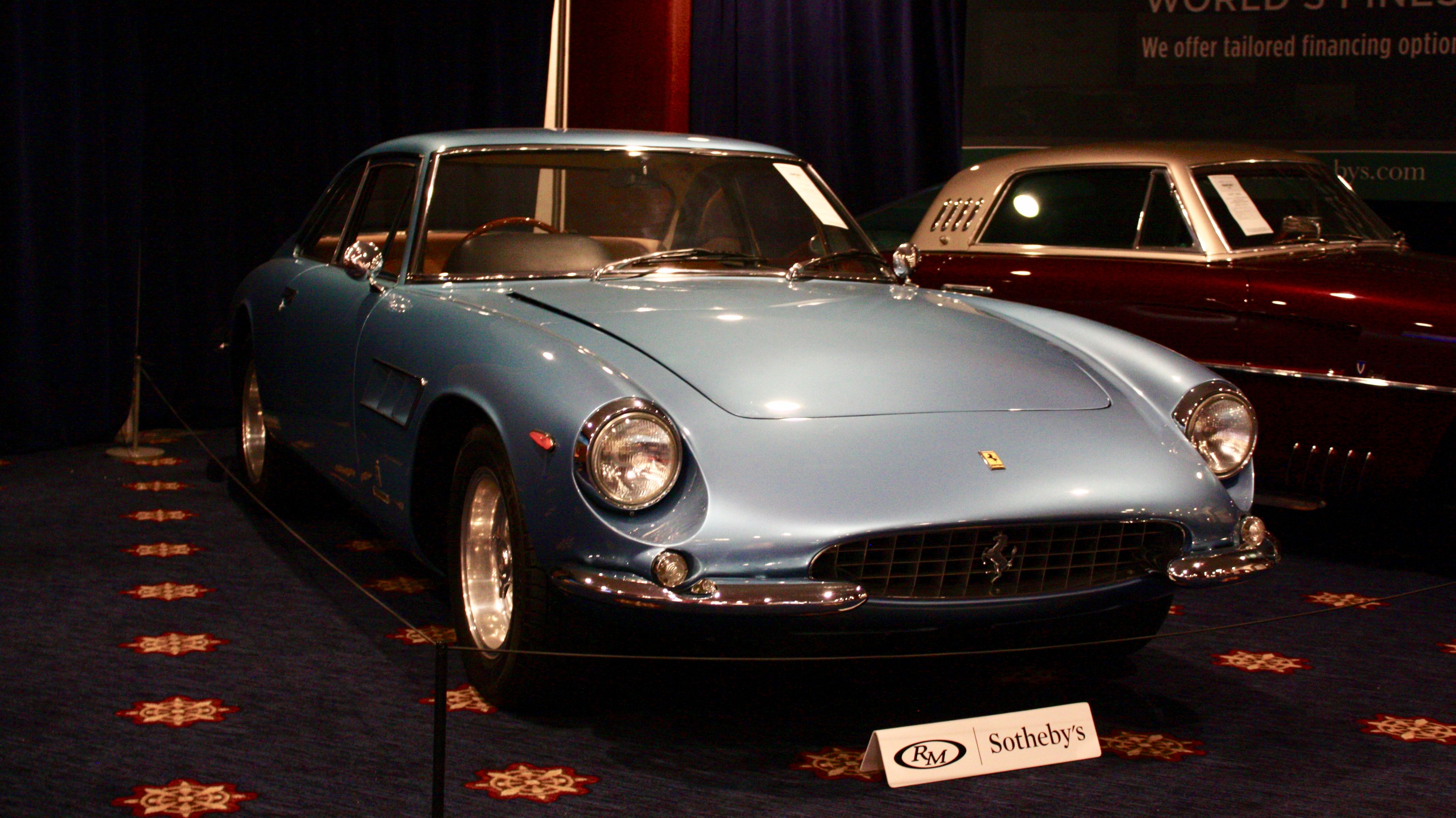
- Make: Array
- Model: 1966 Ferrari 500 Superfast by Pininfarina
- [do not use] Vehicle Model: Array
Ferrari 500 Superfast Series II by Pininfarina Exterior

While many America models were bodied by different companies, all 500 Superfast models were created by Pininfarina. The cars had a unique design in the America lineup, but they shared some cues with the 400 and 410 Superamerica models. Specifically, they had the same 1960s grand tourer design with the very long nose, the tall and rounded roof, and a wraparound rear window. However, the 500 Superfast had a significantly longer deck lid, despite having a shorter wheelbase compared to the Superamerica models.
The front fascia has Pininfarina written all over it, sporting the same pointy nose and thin, oval grille as the 400 Superfast. However, the Italian designer removed the plastic covers of the headlamps and replaced the engine hood vent with a bulge, for a more elegant look. The same split bumper finished in chrome was used, as well as the traditional wire wheels.

Unlike previous America models, the 500 Superfast gained a more traditional GT roof with taller windows and a bigger quarter window. While not as sleek as its predecessor, the Superfast remained sporty thanks to its low beltline, sloping rear fenders, and raked rear window. As an unusual feature, this specific vehicle has three air ducts on the front fenders. It's unusual because most of them have only two on each side.
The rear fascia was redesigned completely apart from the overall oval shape and the split chrome bumper. While Superamerica models had either big, round taillights or a couple of smaller units on each side of the license plate, the Superfast gained a new layout. Each side gained their round lights units for turn signals, brakes, and reverse, as well as a bigger red background shaped like the outer edges of the fascia. Below the bumper, the 500 Superfast is a usual 1960s Ferrari with a couple of big exhaust pipes coming out from each side.
The car is painted in Blu Chiaro, a light shade of blue with a metallic vibe that was used on only three of the 37 500 Superfast. And needless to say, the lively color is perfect for this fast grand tourer.
Ferrari 500 Superfast Series II by Pininfarina Interior

Ferrari had some of the most luxurious interiors in the 1960s, and the 500 Superfast was no exception. Actually, the Maranello firm made an extra effort for this model, which was considered the flagship of the entire Ferrari lineup.
While it looks spartan for modern standards, the Superfast's interior was pretty fancy and rivaled offerings from Aston Martin and Rolls-Royce. The dashboard was covered in leather at the top and the bottom, with the main fascia being a big block of genuine wood. Matching wood was found in the instrument cluster, as well as the center stack and the center console. The steering wheel rim was also made from wood.
The Superfast had a lockable glove compartment on the passenger side, while the center stack hosted A/C vents and three gauges. This specific car was fitted with air conditioning as an optional extra and also had power windows.

While the leather on the dash is black and the one on the seats tan, the door panels are two-tone, featuring both hues. The upper section, as well as the A-pillar, are wrapped in black leather, while the lower section and some of the headliner sport a tan hide. The GT is also equipped with a Pioneer cassette player, but it was probably added after it was purchased from the factory.
The 500 Superfast usually came with a 2+2 seating layout, but this specific car here had the rear seats removed, as the owner wanted a sportier vibe inside the cabin. It also has a rear window wiper, a rare option on a Ferrari.
Ferrari 500 Superfast Series II by Pininfarina Drivetrain

The 500 Superfast gained a revised version of Ferrari's Colombo V-12 engine. The mill displaced 5.0-liters, just like the V-12 in the 410 Superamerica, but it was significantly larger than the 4.0-liter version offered in the 400 Superamerica, which was sold alongside the flagship model.
The Colombo V-12 is one of the world's most iconic powerplants. The design was introduced all the way back in 1947 on the 125S, Ferrari's first production model, and survived, with significant changes, until 1988. The famous V-12 powered cars like the 250 GTO, 275, 365 GTB/4 Daytona, and the 400. The engine was retired with the 412i model in 1988.
But while the 410 Superamerica came with 335 horsepower, the 500 Superfast was rated at a whopping 395 horses, a remarkable figure for the mid-1960s. The V-12 also cranked out 350 pound-feet and enabled the coupe to hit 60 mph from a standing start in 7.8 seconds. The 500 Superfast also needed 15.8 seconds to run the quarter-mile, which was quicker than most production muscle cars of the era. Top speed was equally impressive at 175 mph, a figure, not even the Lamborghini Miura was able to beat.

Production of the 500 Superfast began with a four-speed manual transmission with overdrive, with 24 cars receiving this gearbox. The final 12 cars gained an improved five-speed manual that increased both comfort and performance. The model shown here features the five-cog unit.
The chassis was almost identical to the 330 GT 2+2 model, which also used Koni adjustable shock absorbers for improved handling and a dual-circuit Dunlop braking system with discs at all four corners. Even the tires were identical, with both cars being fitted with the same Pirelli Cinturato rubber, which was used on a wide range of performance cars in the 1960s.
Ferrari 500 Superfast Series II by Pininfarina Pricing

Sold for more than $30,000 a pop back in the day, the 500 Superfast is now among the most expensive classic Ferraris you can buy. With only 37 built and sold to wealthy, select customers, it makes sense for this cars to fetch a lot hard-earned at public auctions.
RM Sotheby's estimates that the car shown here will cross the block for at least $1.75 million, but not more than $2 million. That's a lot of dough, but it doesn't make it the most expensive 500 Superfast. Back in 2015, the car with chassis no. 6049SF, which was originally sold to Prince Sadruddin Aga Khan, changed owners for $3 million.
In 2013, another example was sold for $1.98 million by Gooding and Company. A third 500 Superfast to break the million-dollar barrier was auctioned off for $1.1 million in 2012.
We will be back to update this section once this car crosses the auction block in late August.
Conclusion

The 500 Superfast comes from an era when everything Ferrari produced was top-notch and highly desirable. Granted, the Superfast isn't as iconic as the 250 GTO and doesn't fetch as much at public auctions, but it has its own special place in the lineup. While the 250 GTO is pretty much a road-legal race car, the 500 Superfast is a luxurious, comfortable, but still fast grand tourer. It's the ultimate embodiment of the America series, and it will become more expensive as the years move on.
Further reading
Read more Ferrari news.

